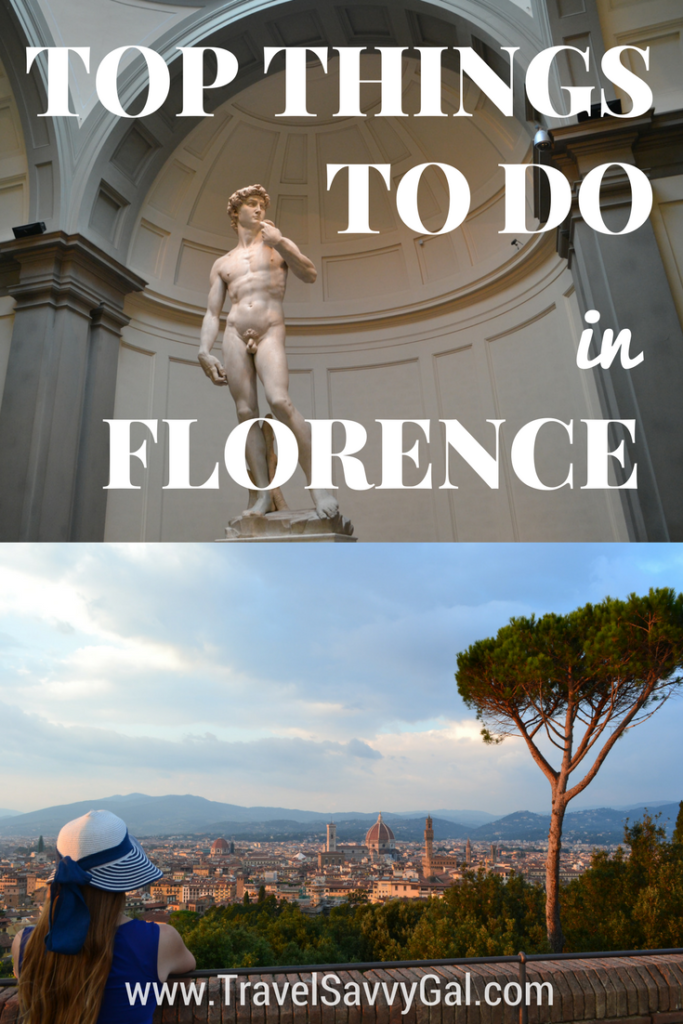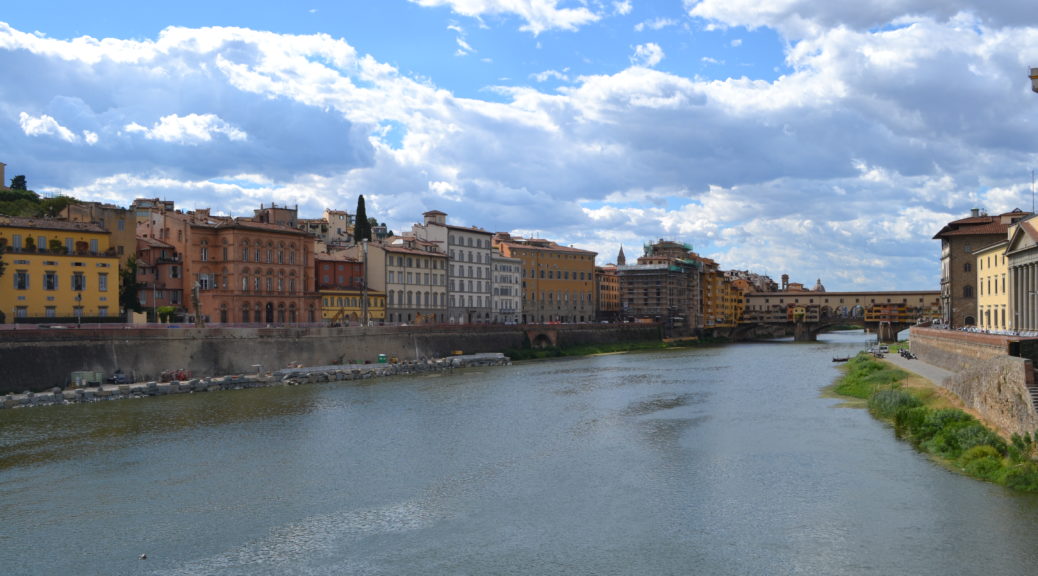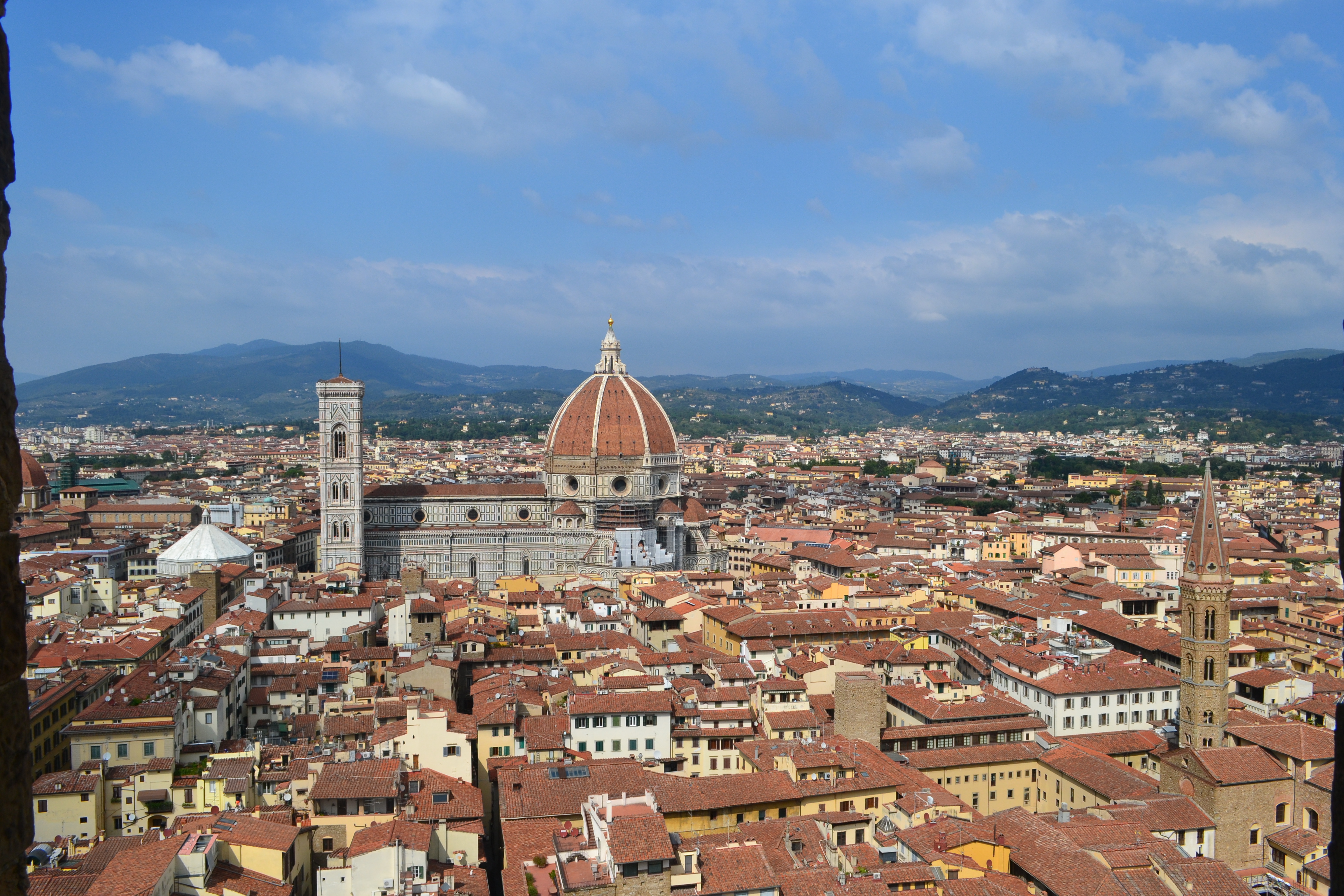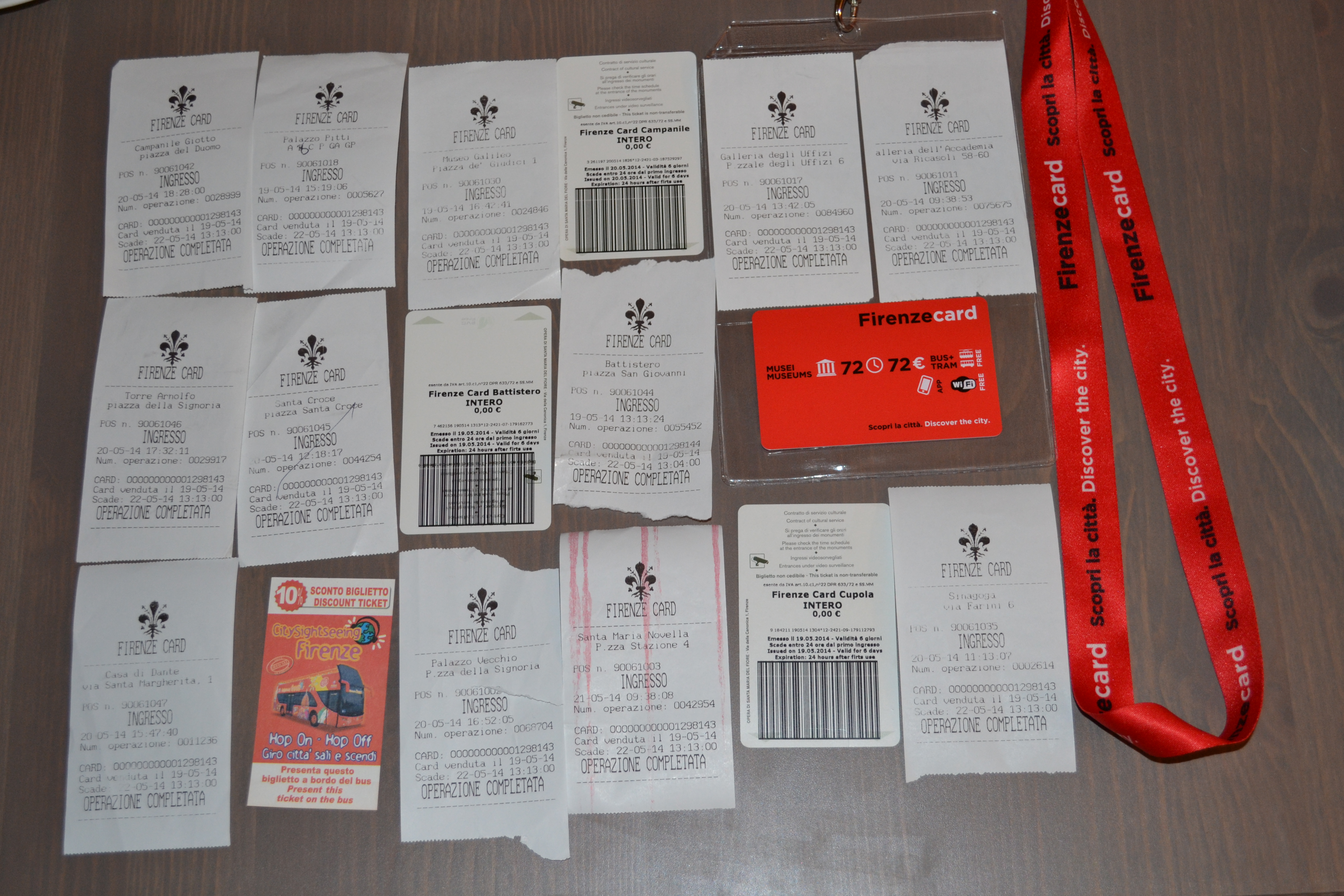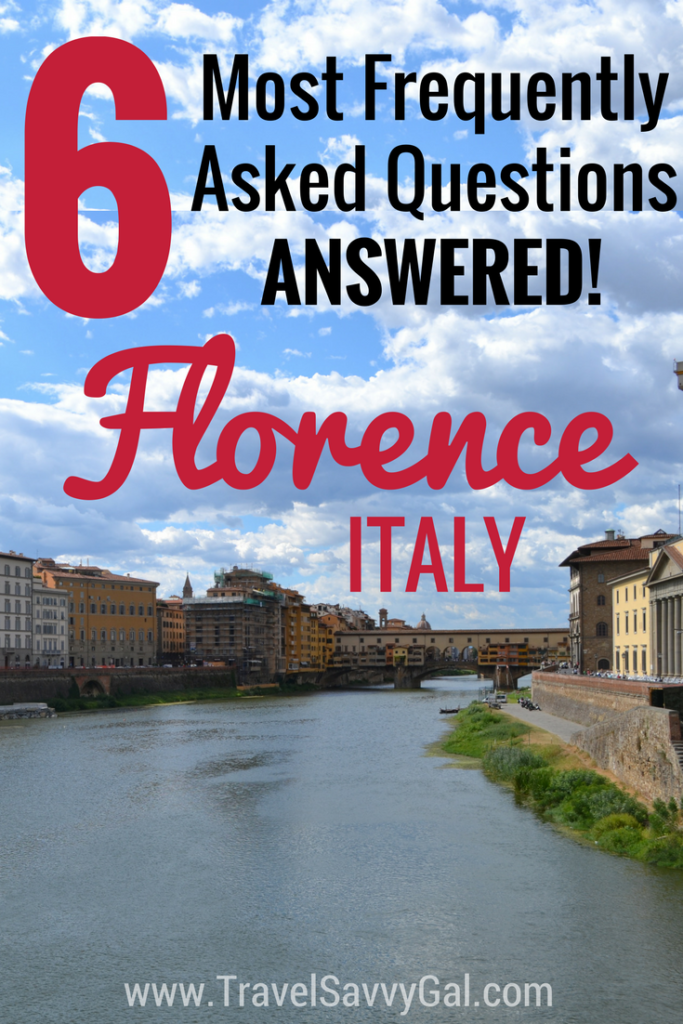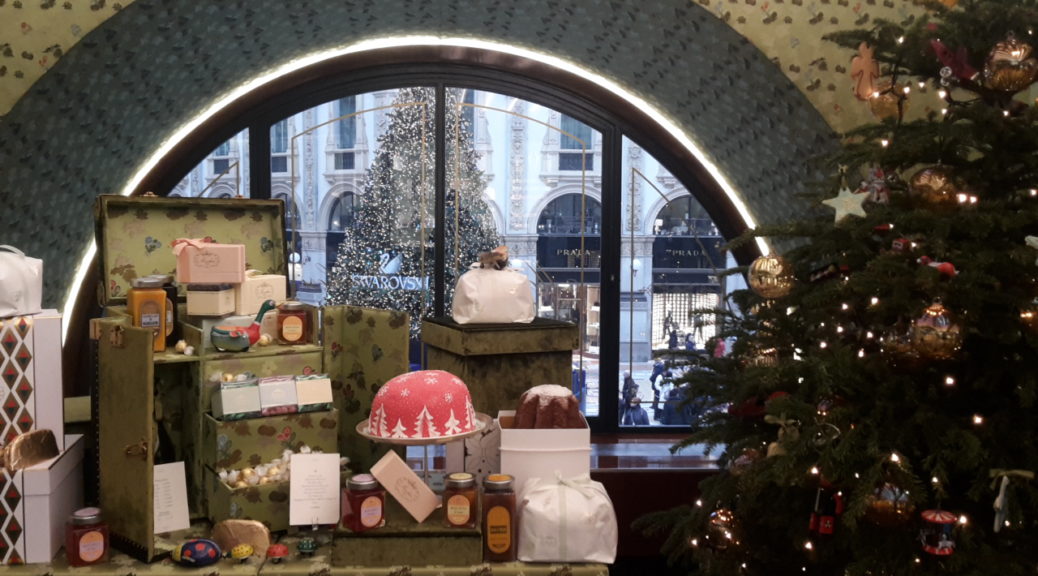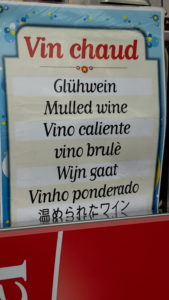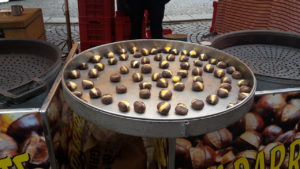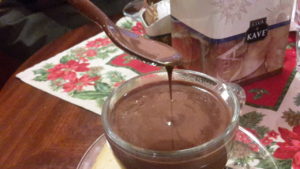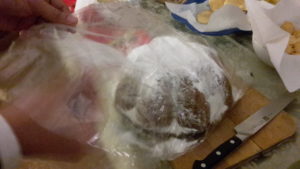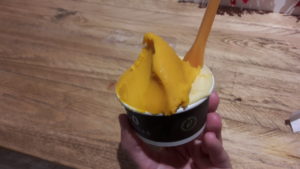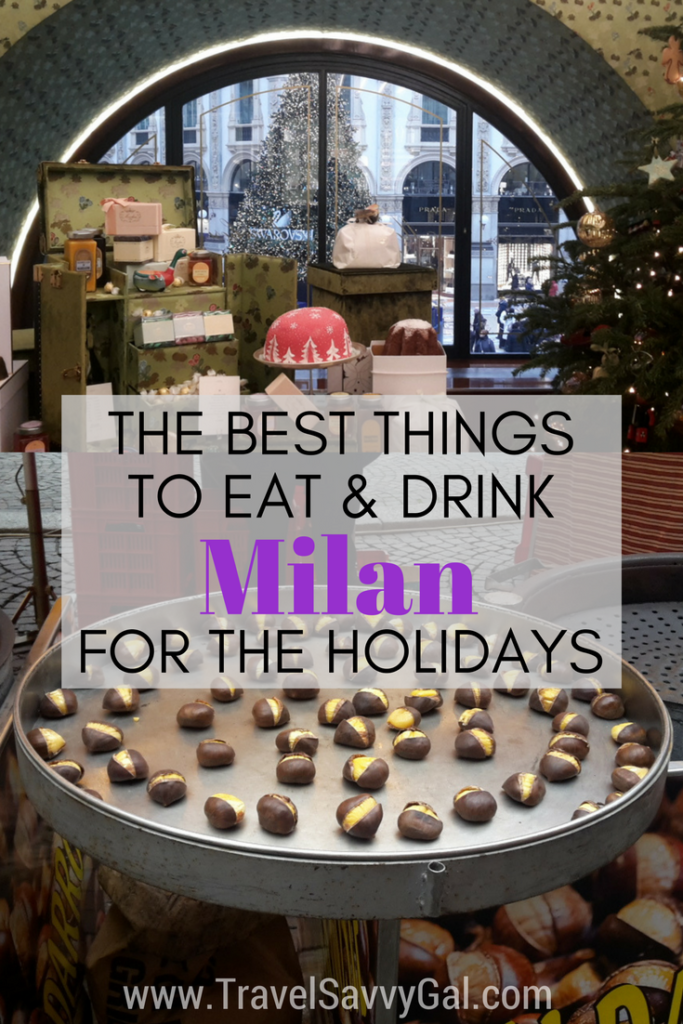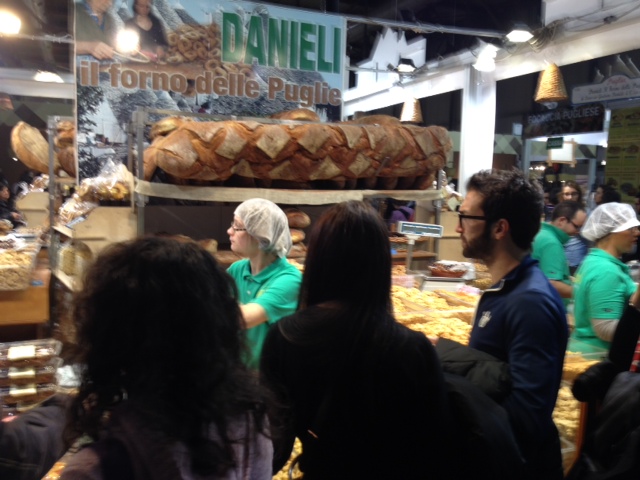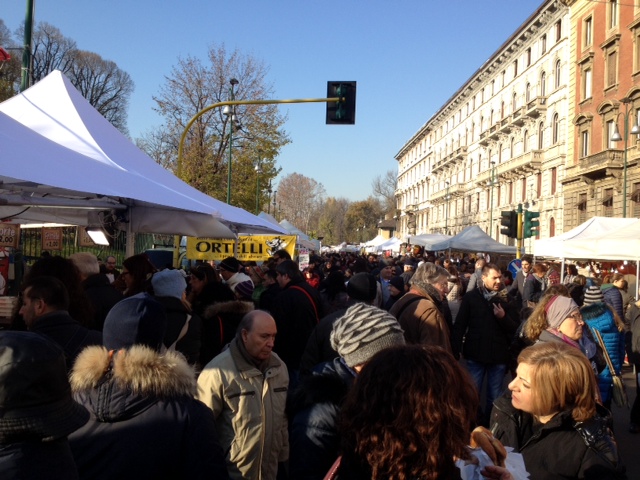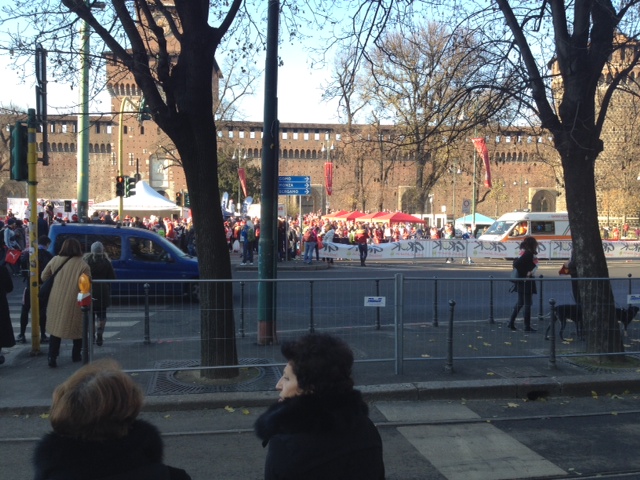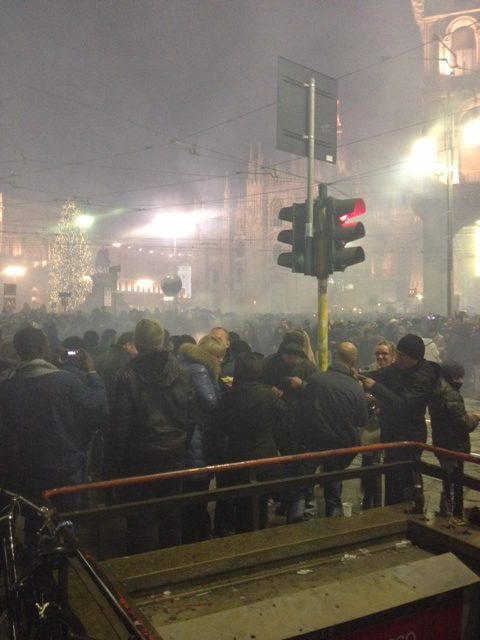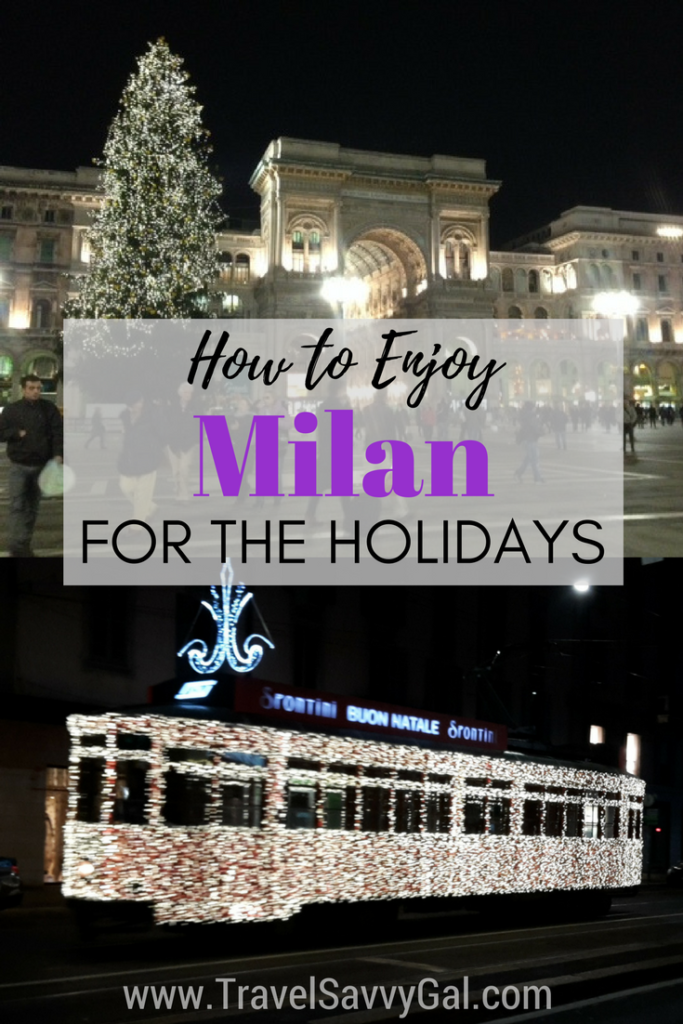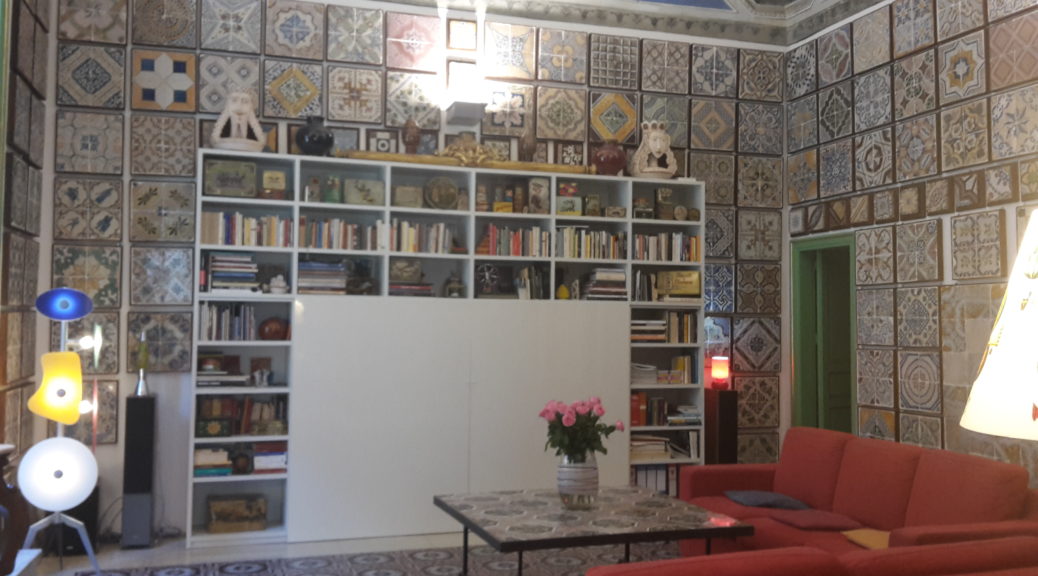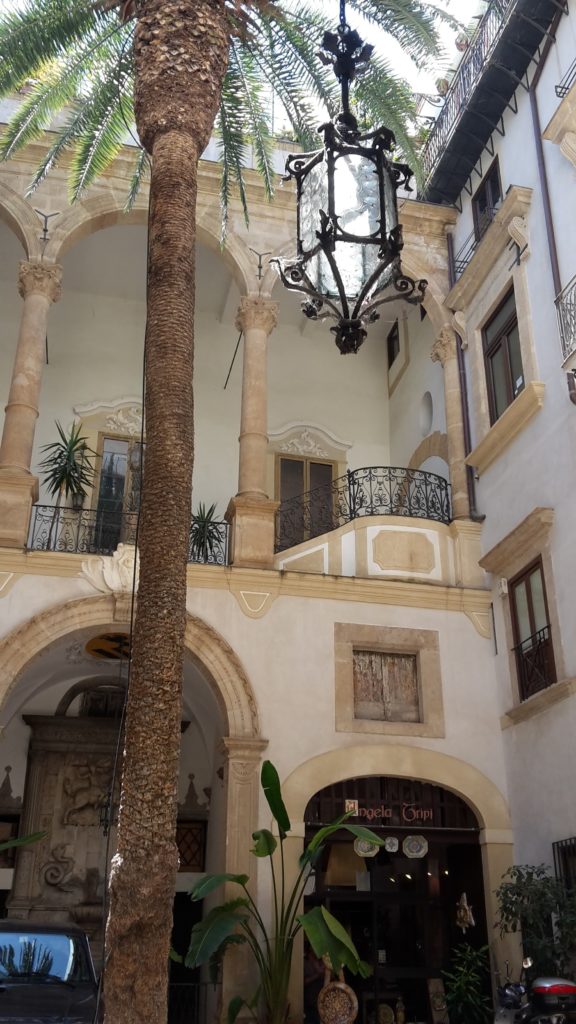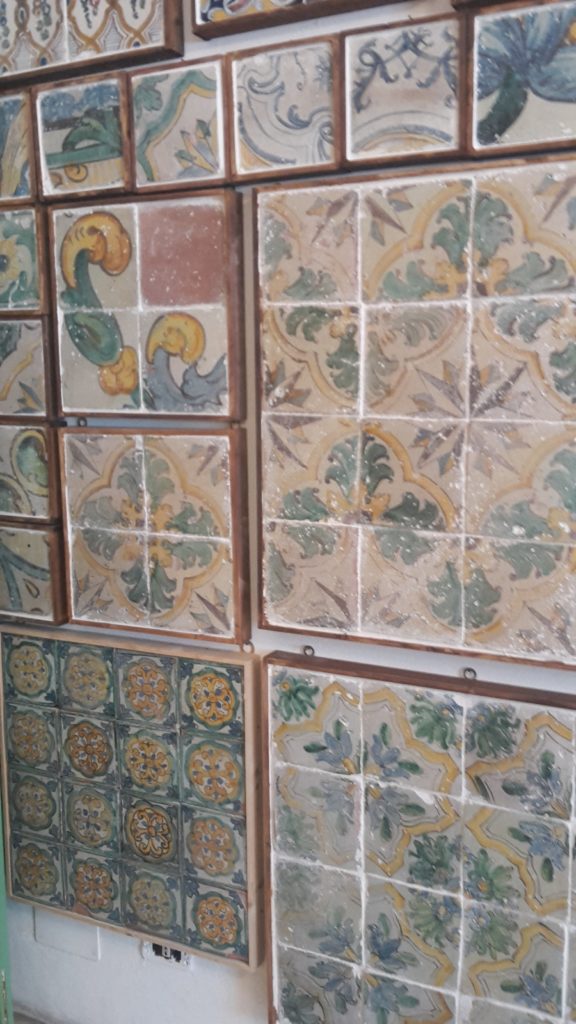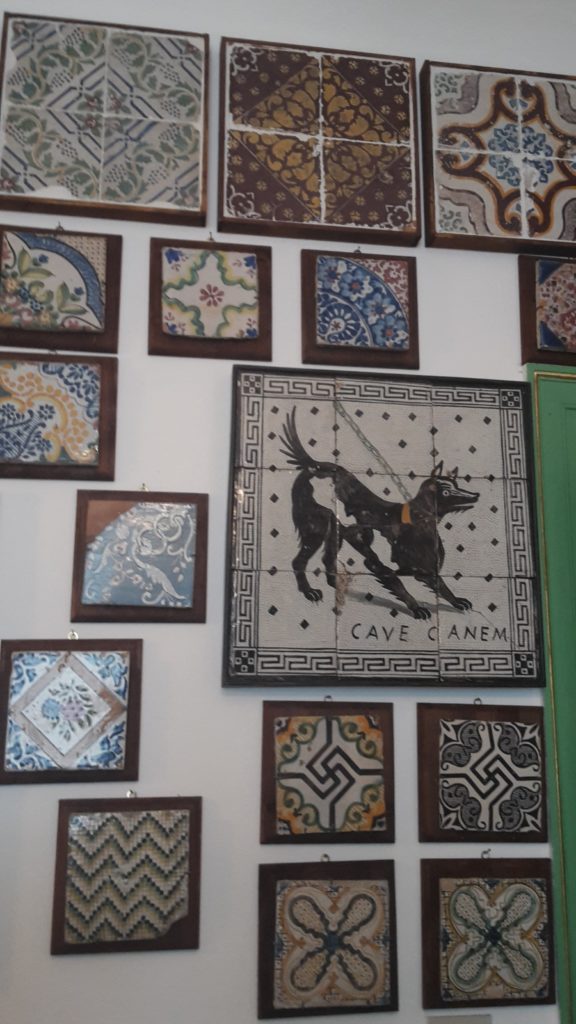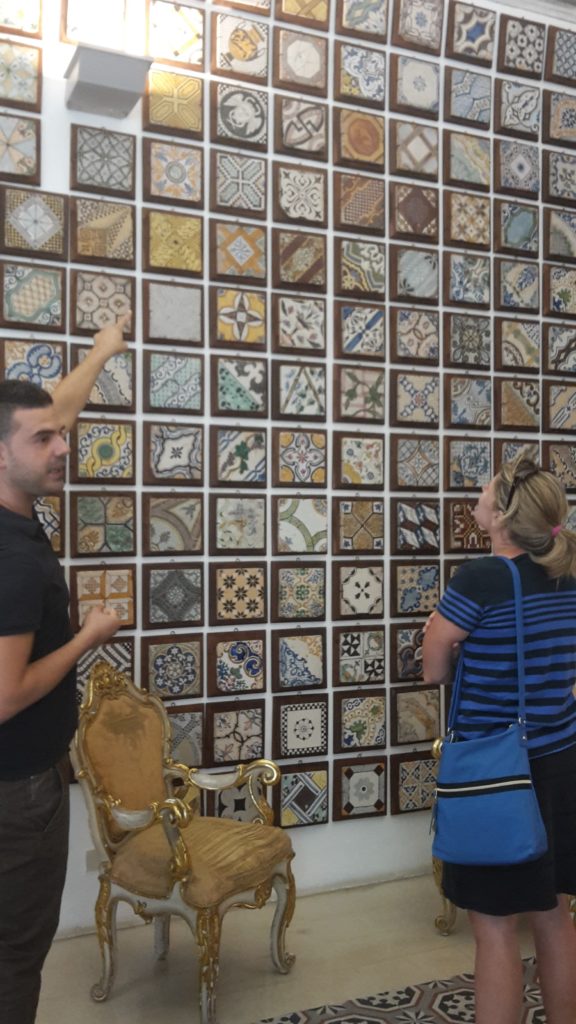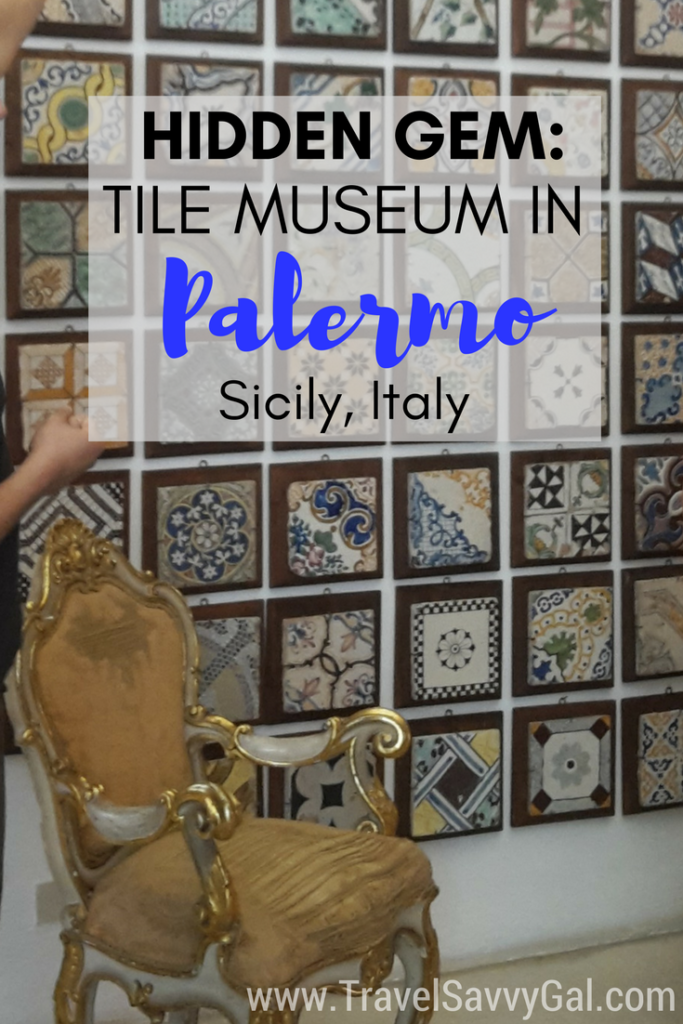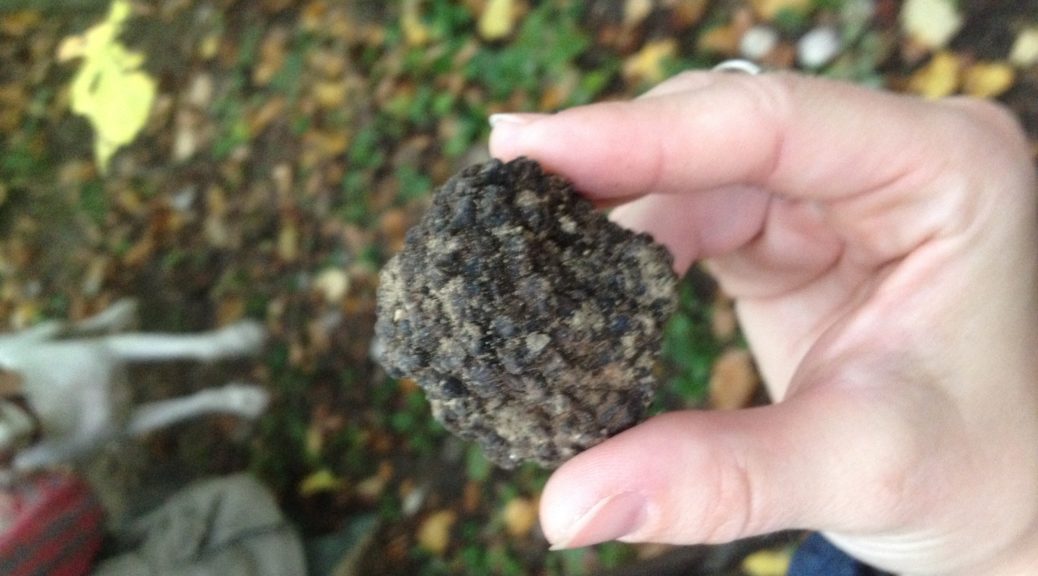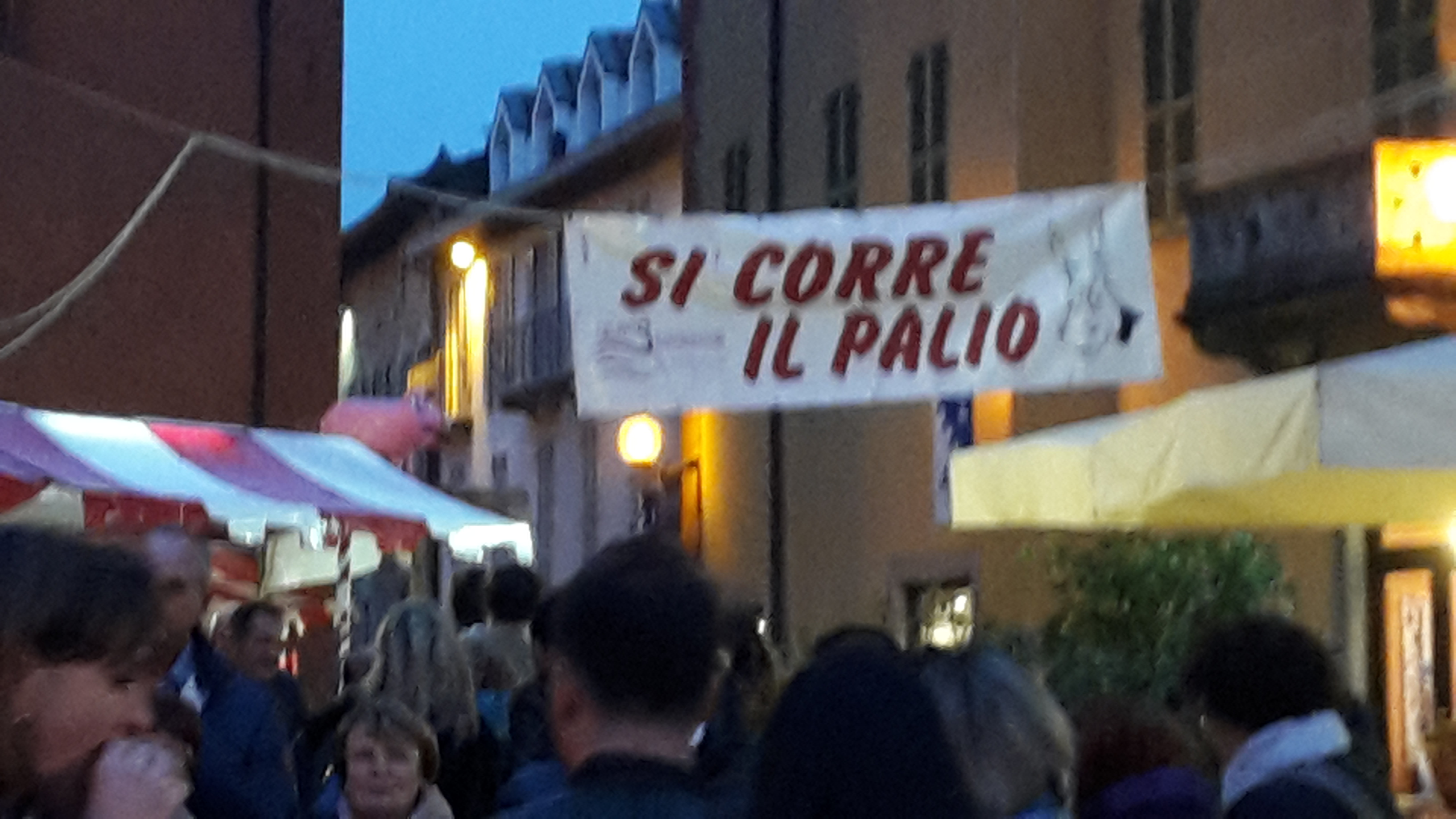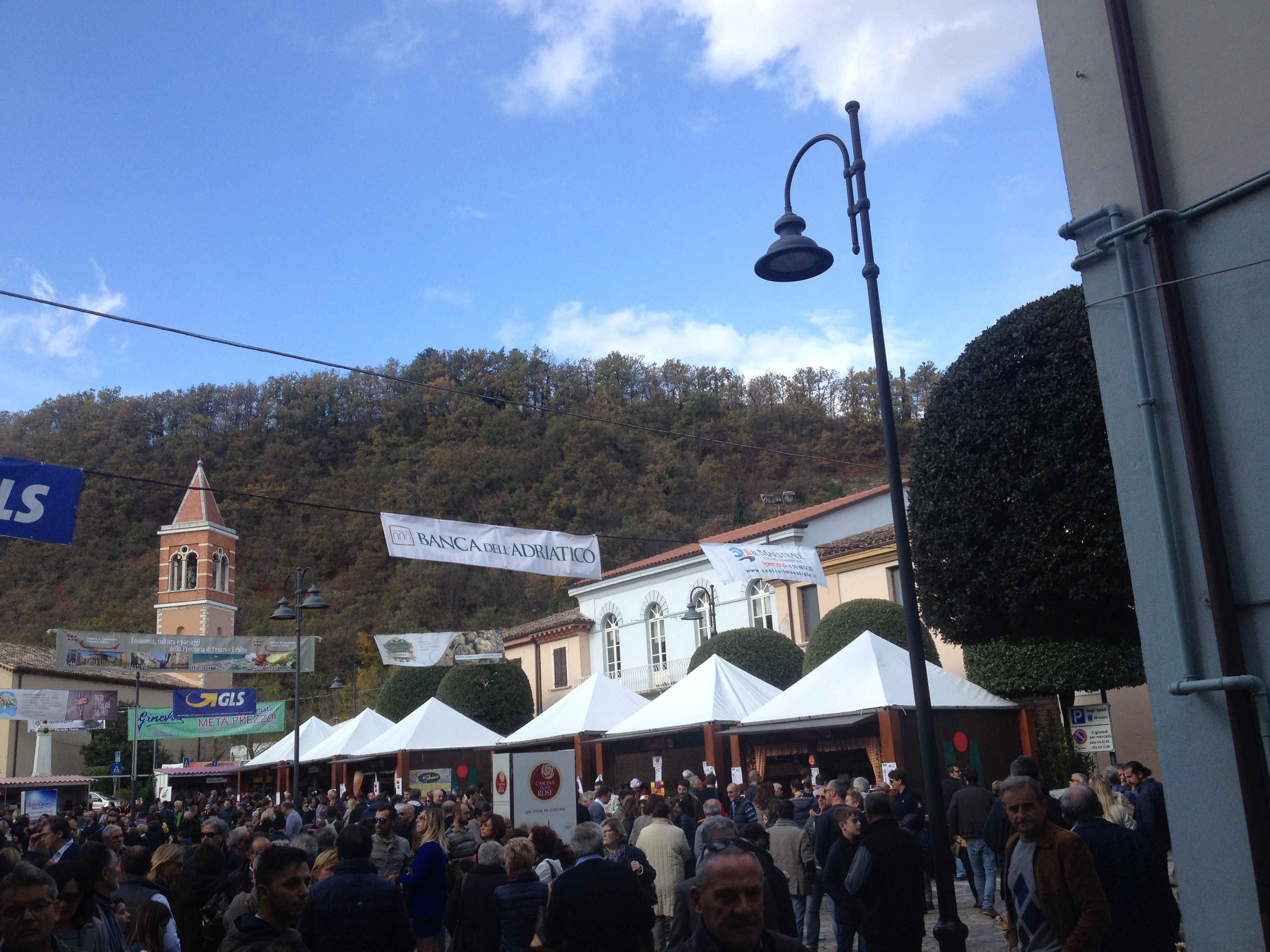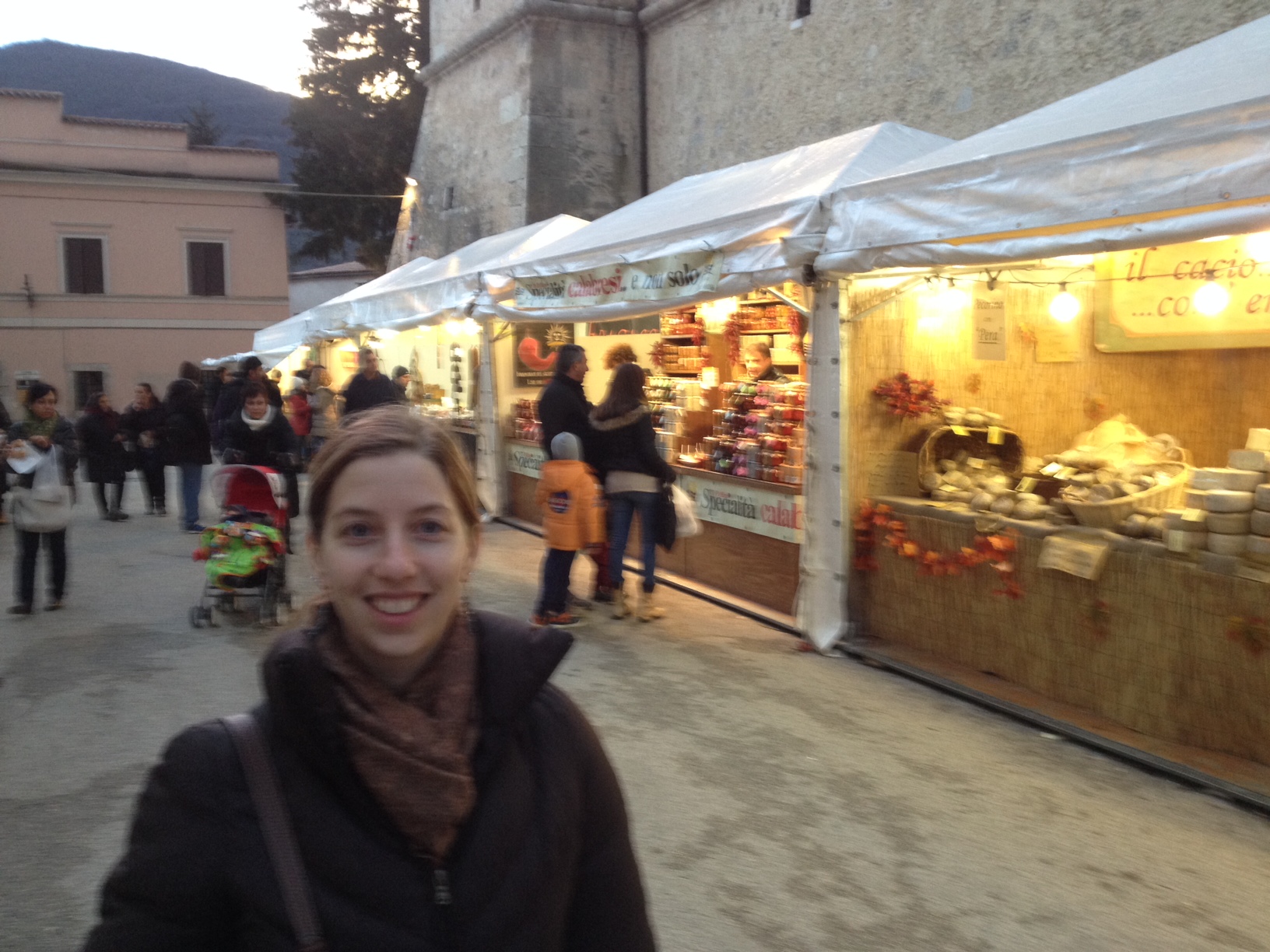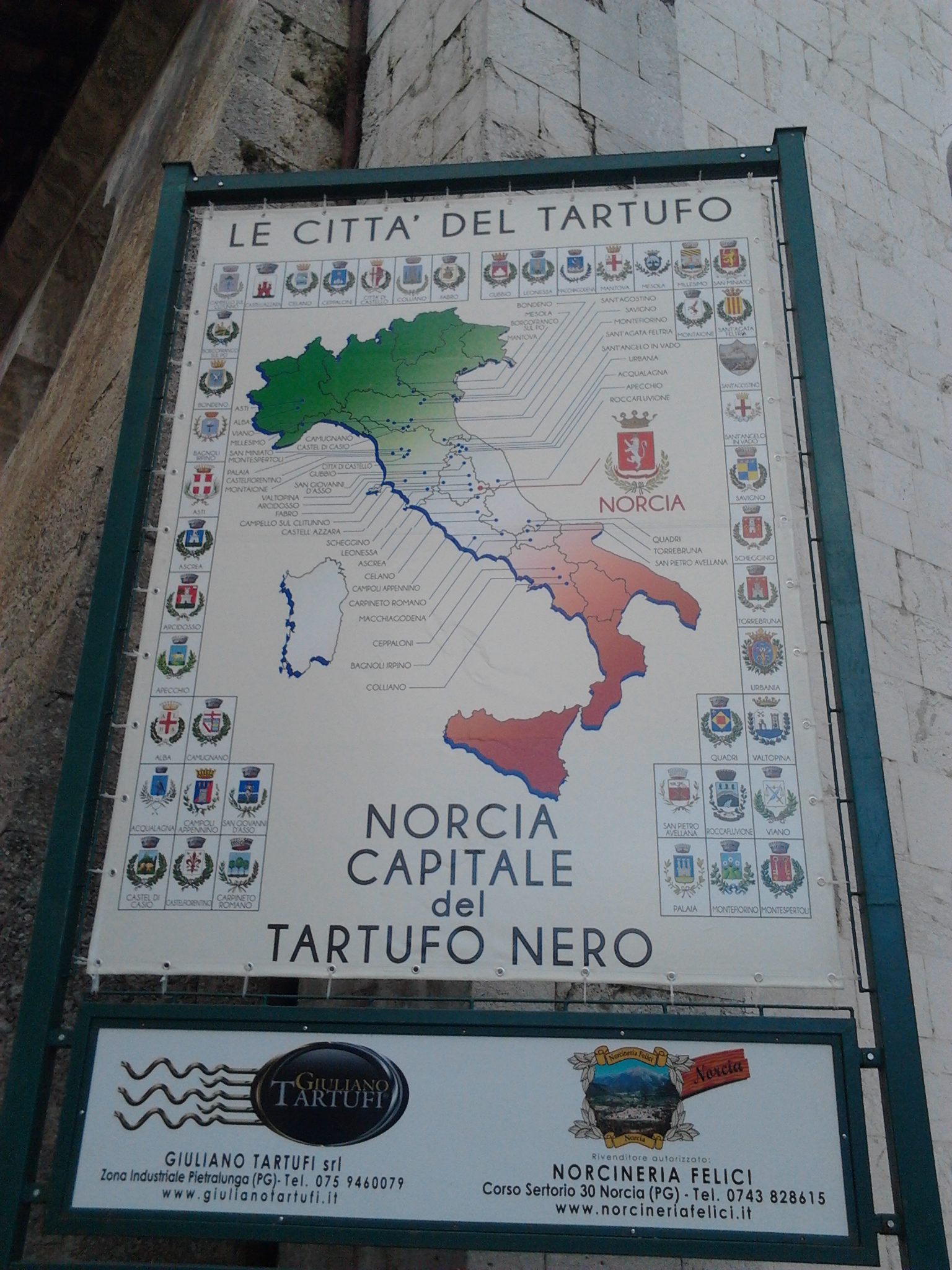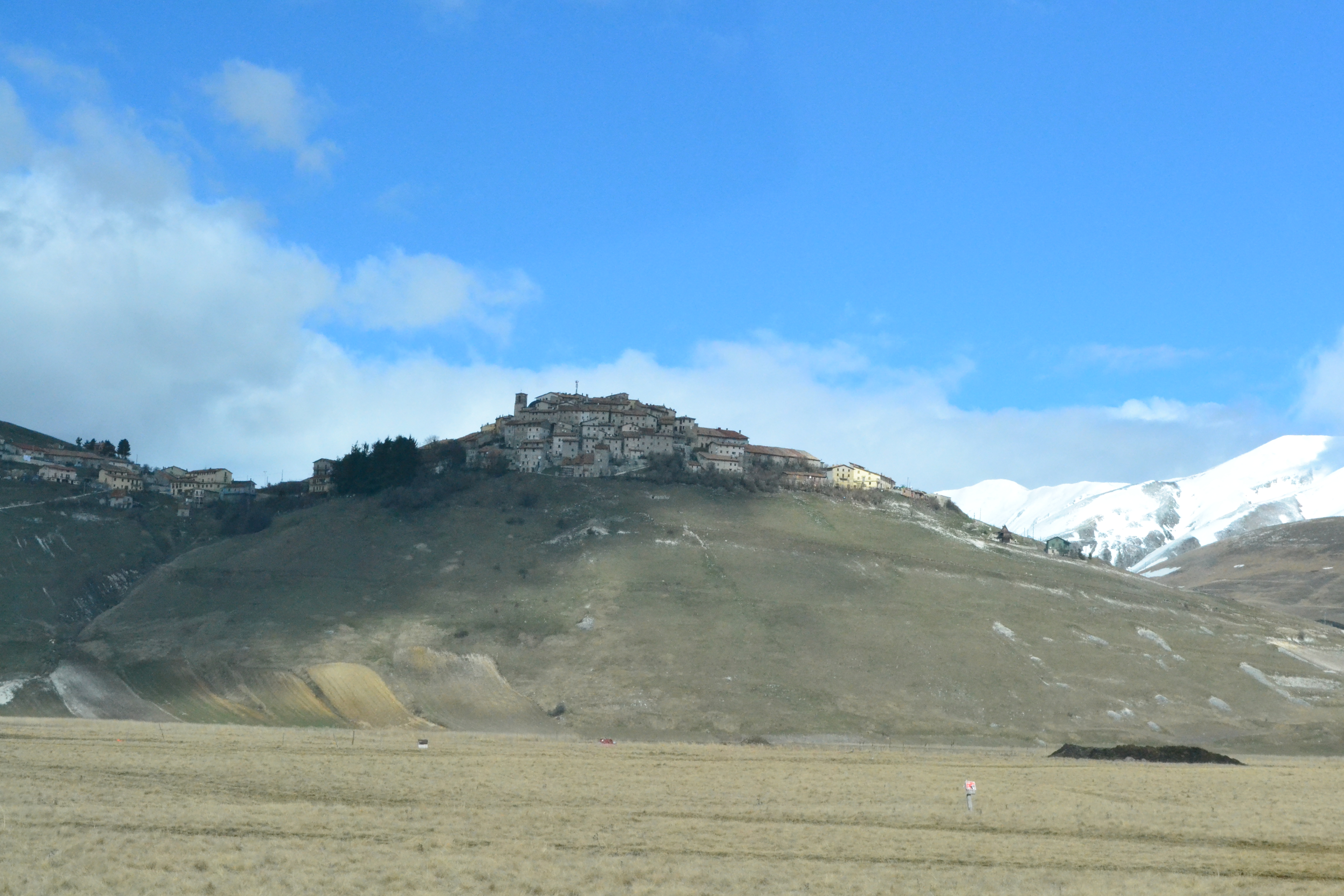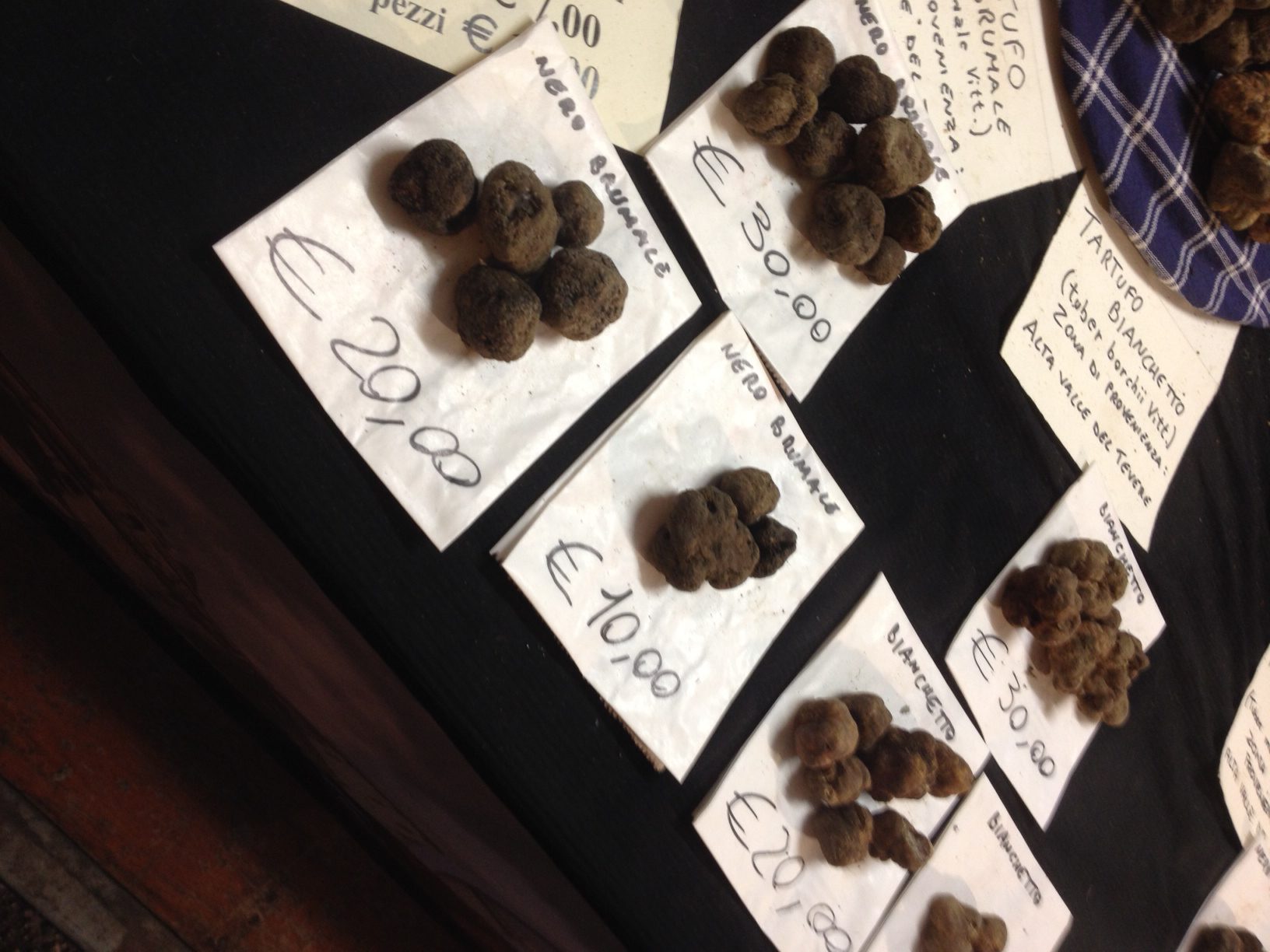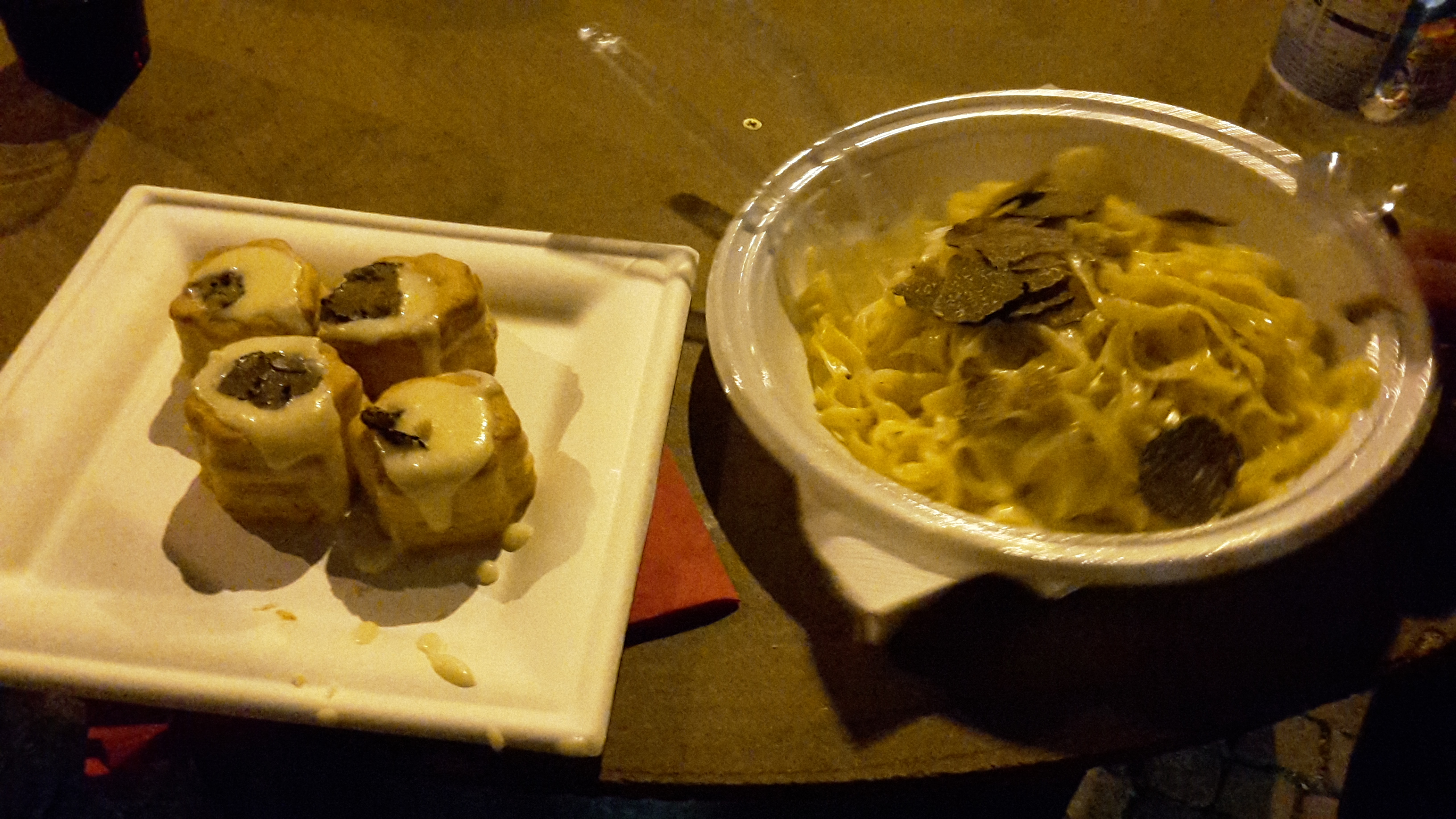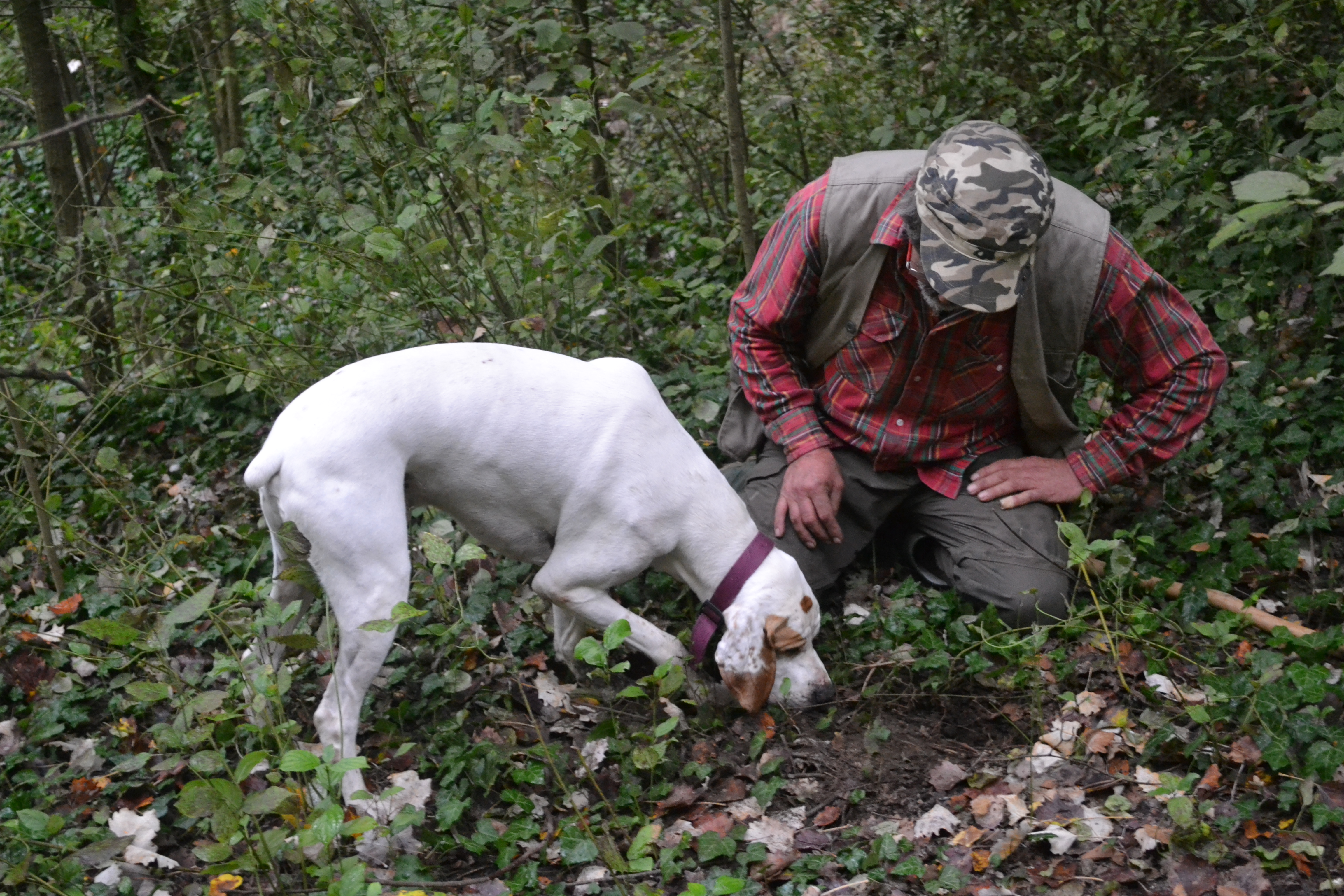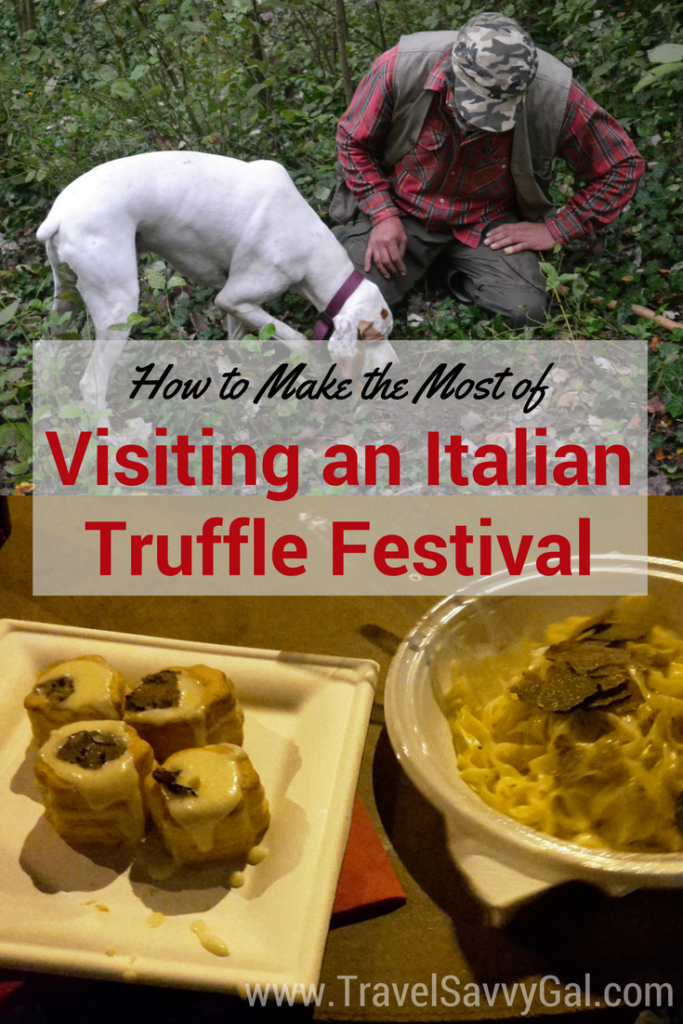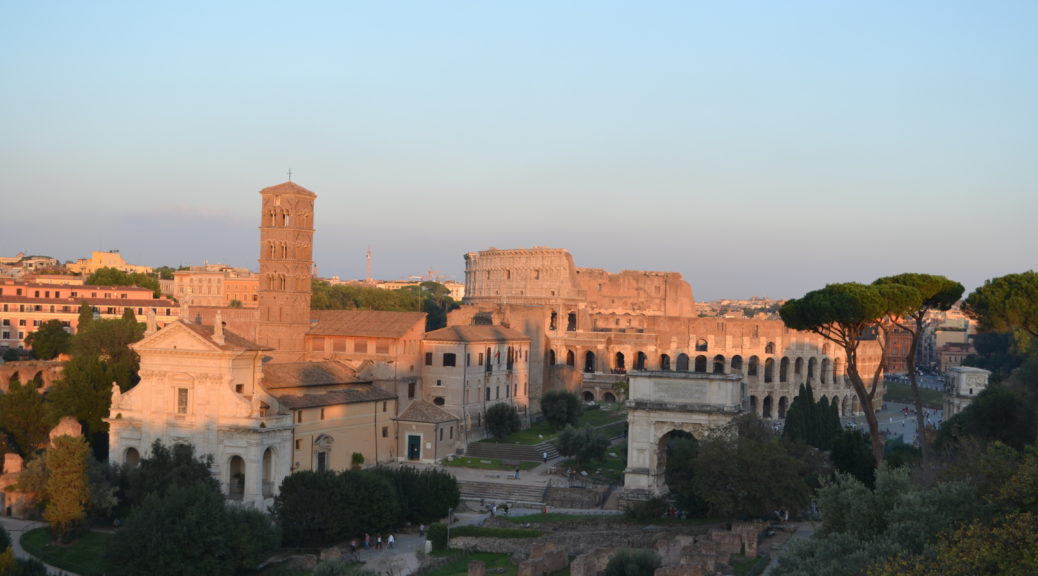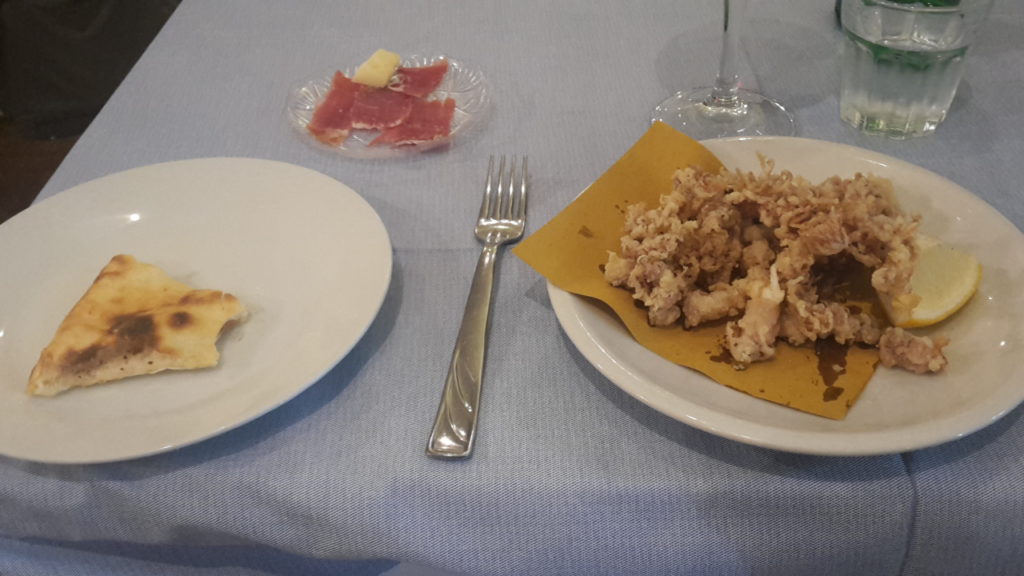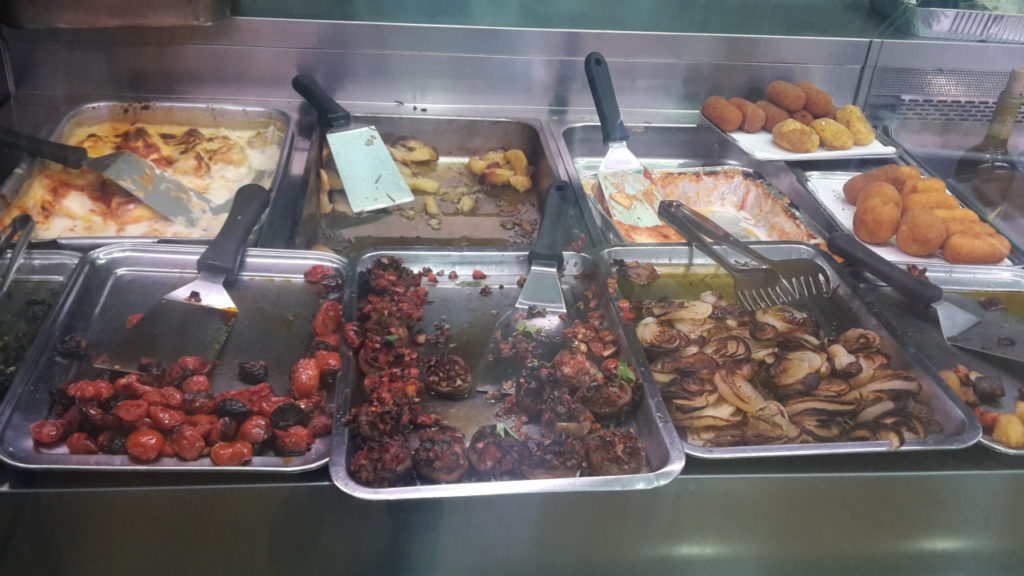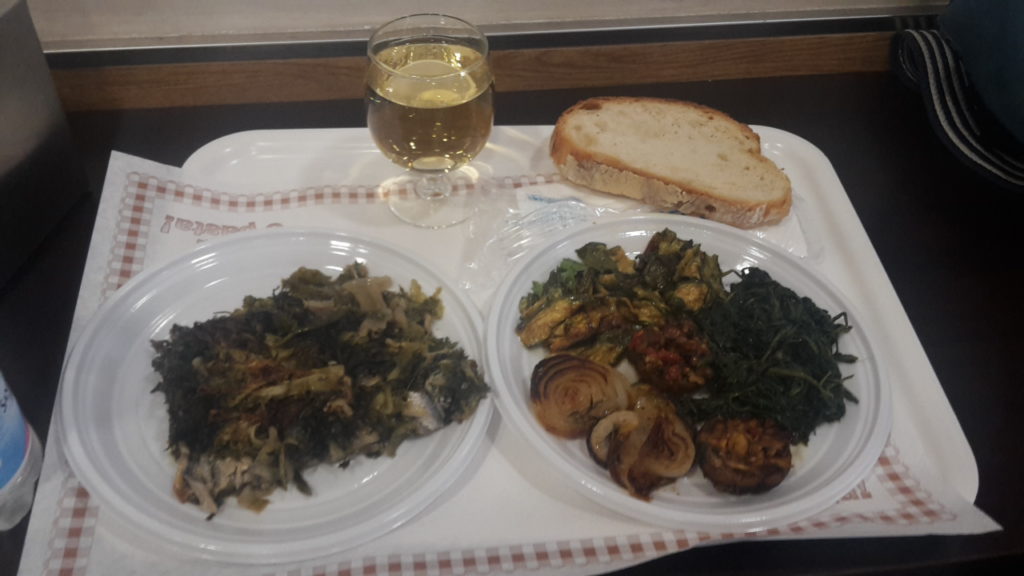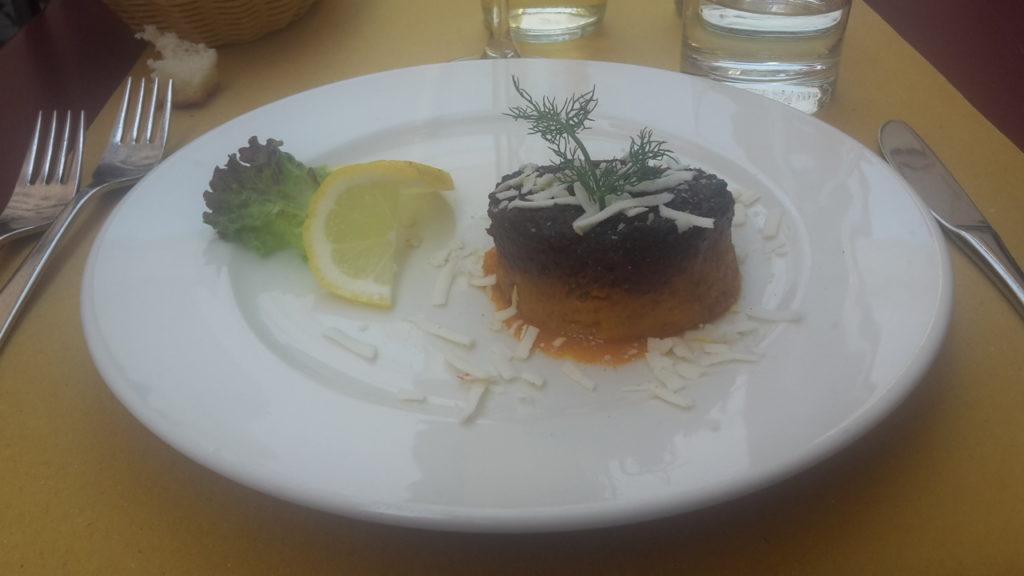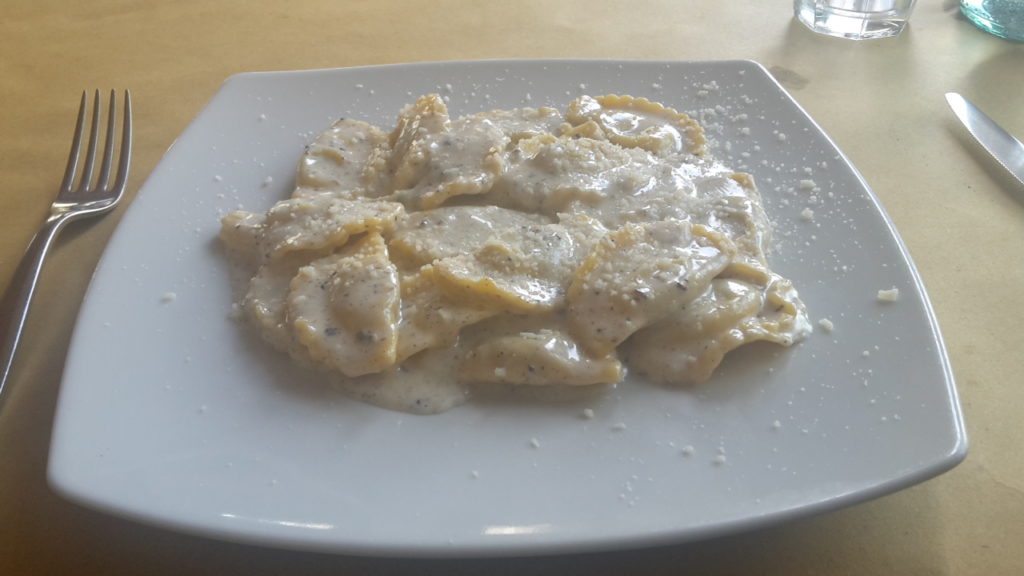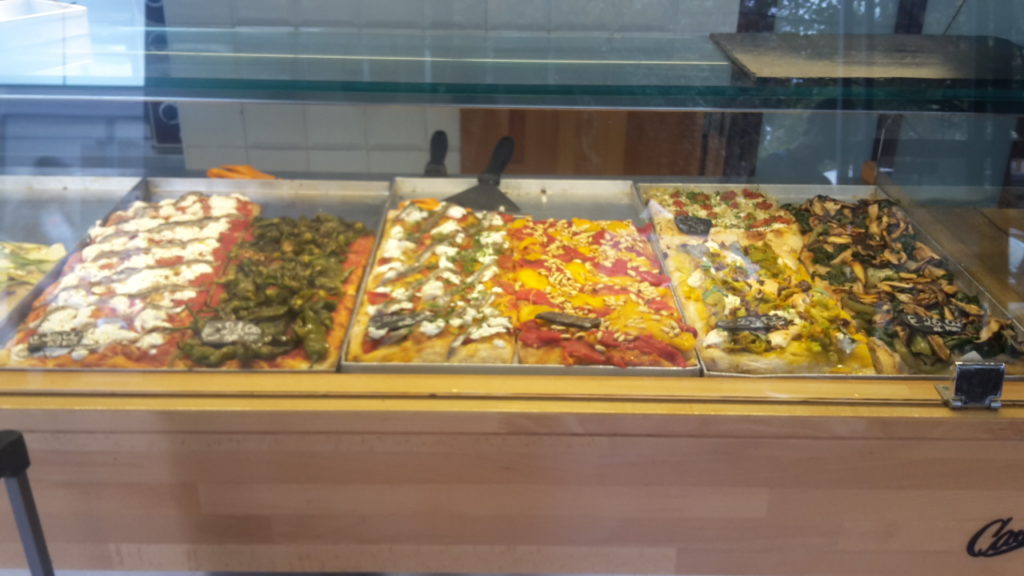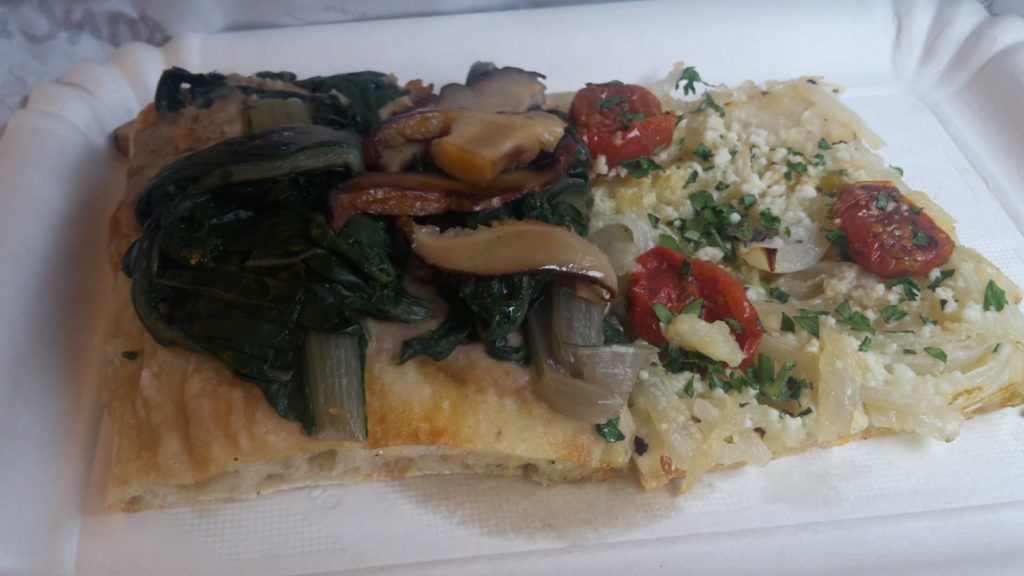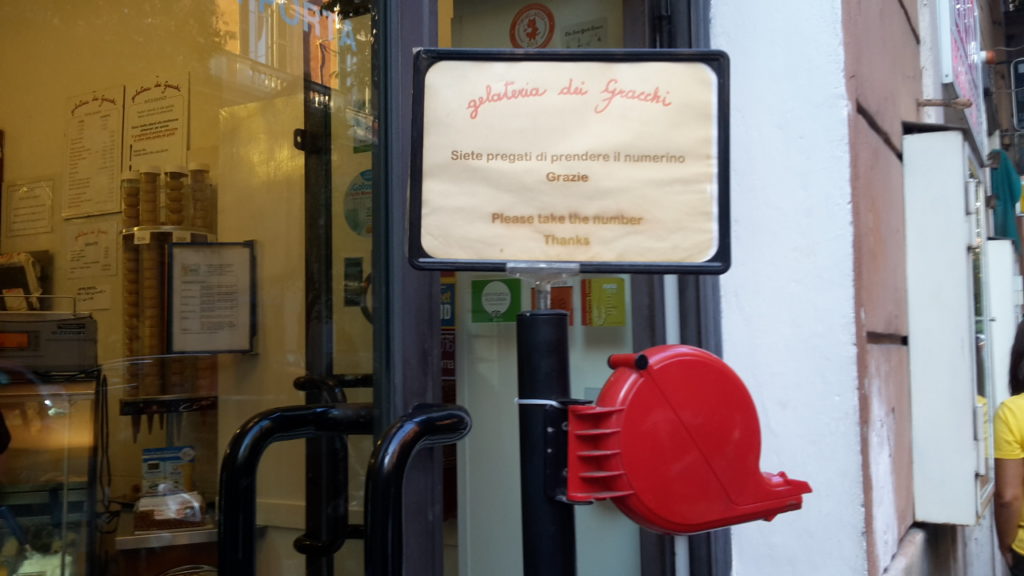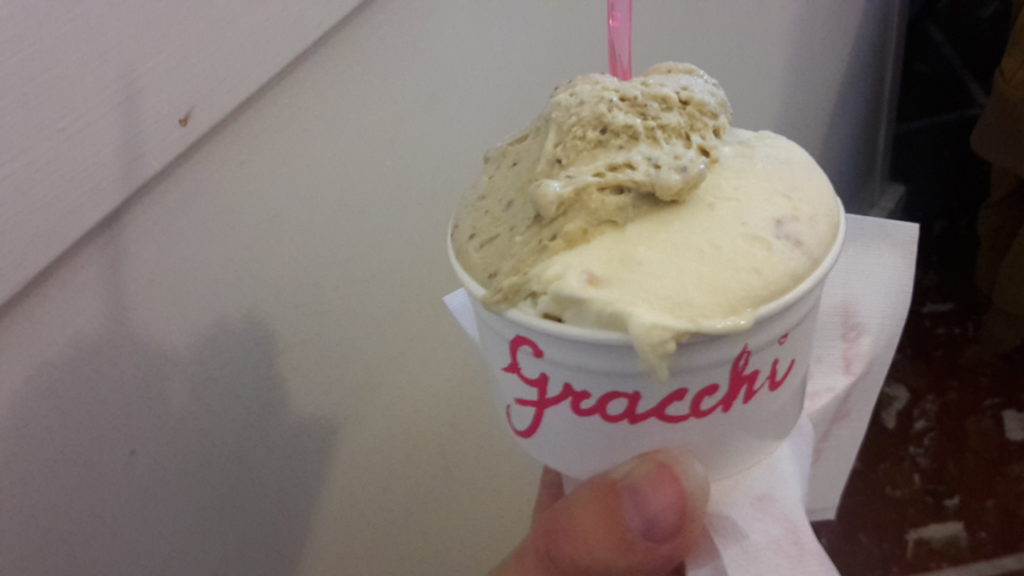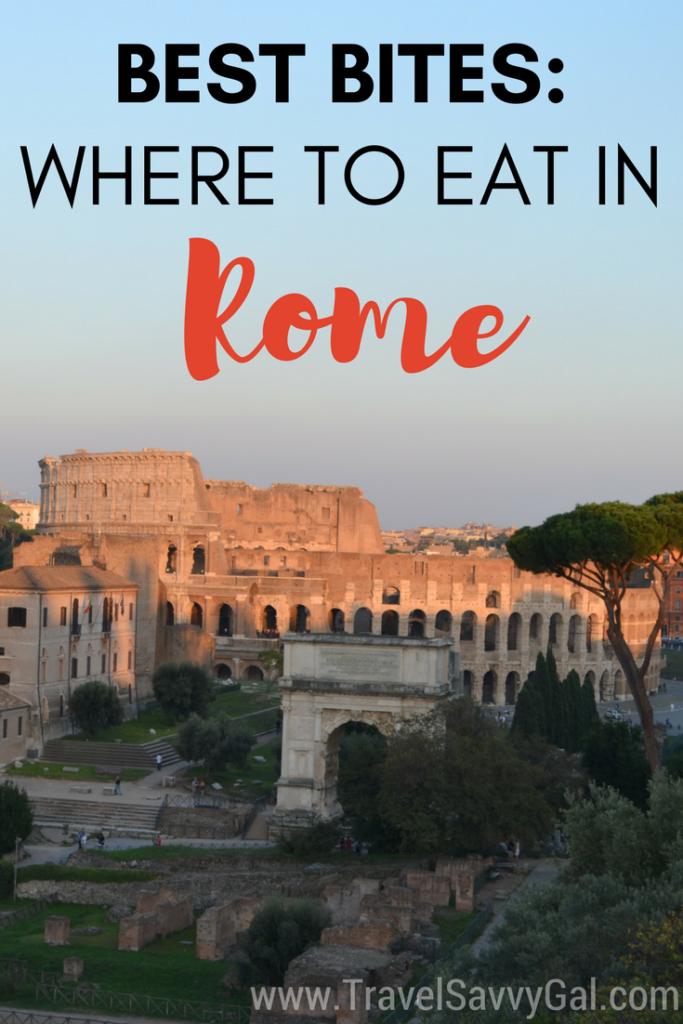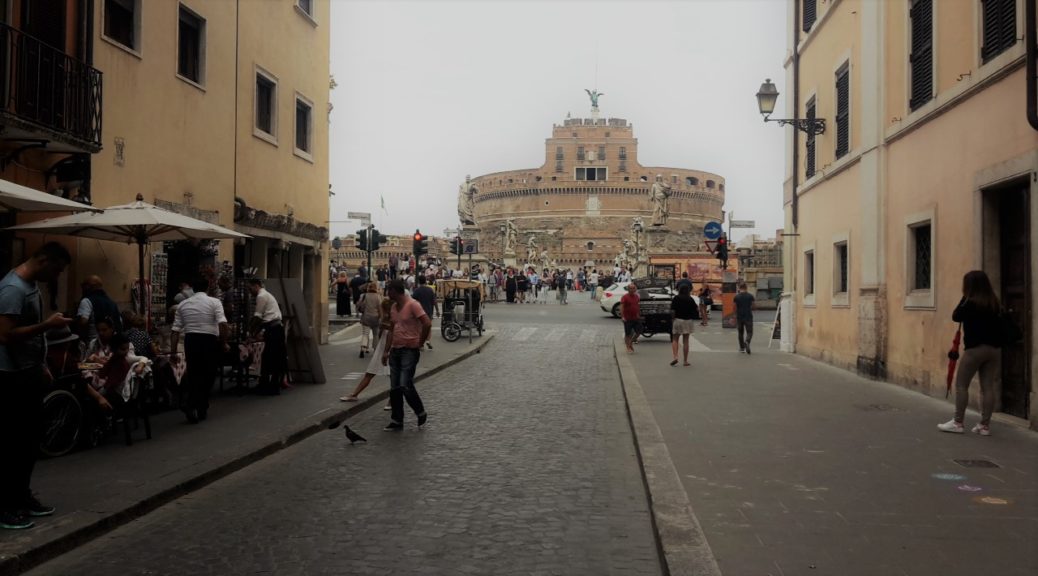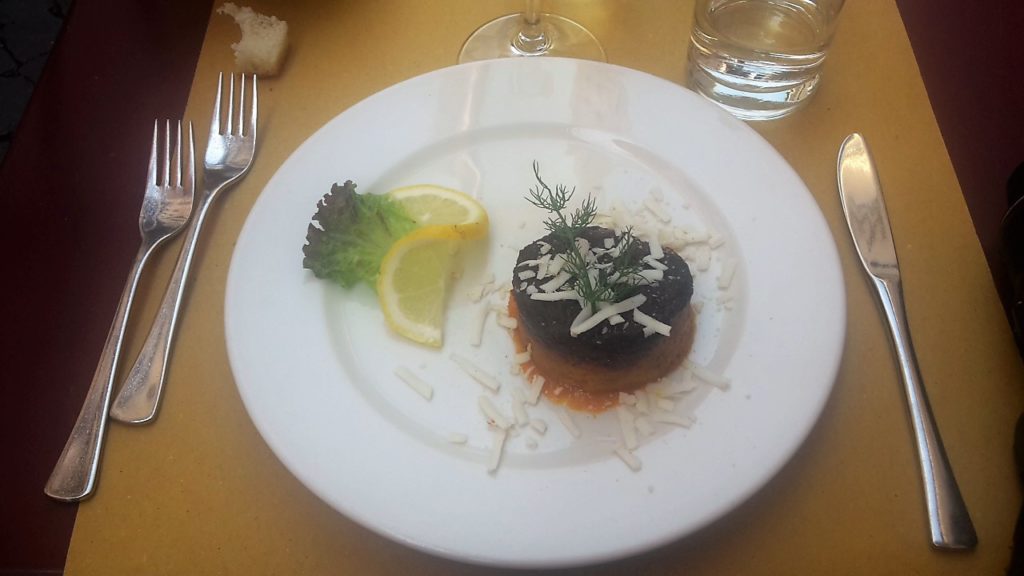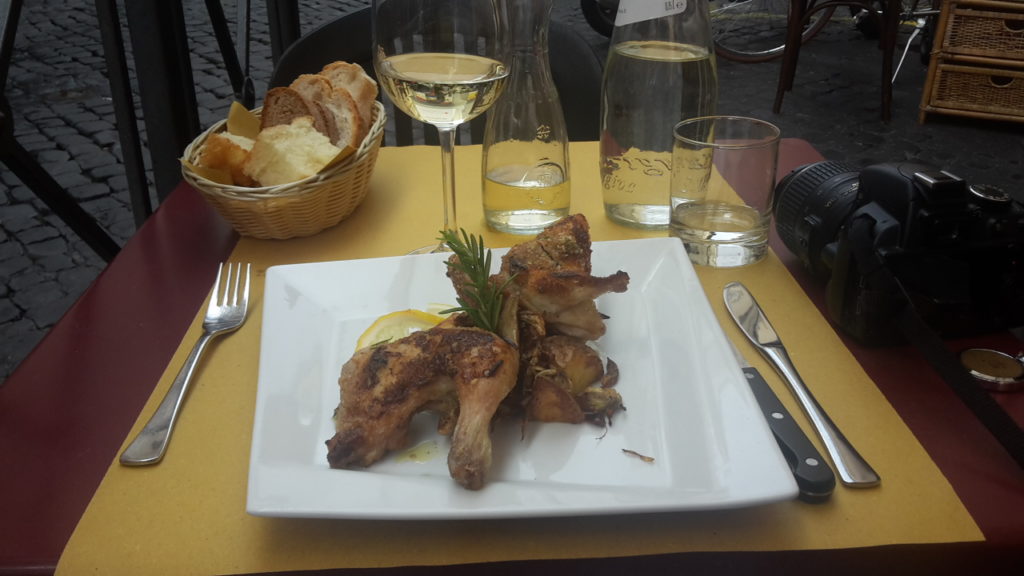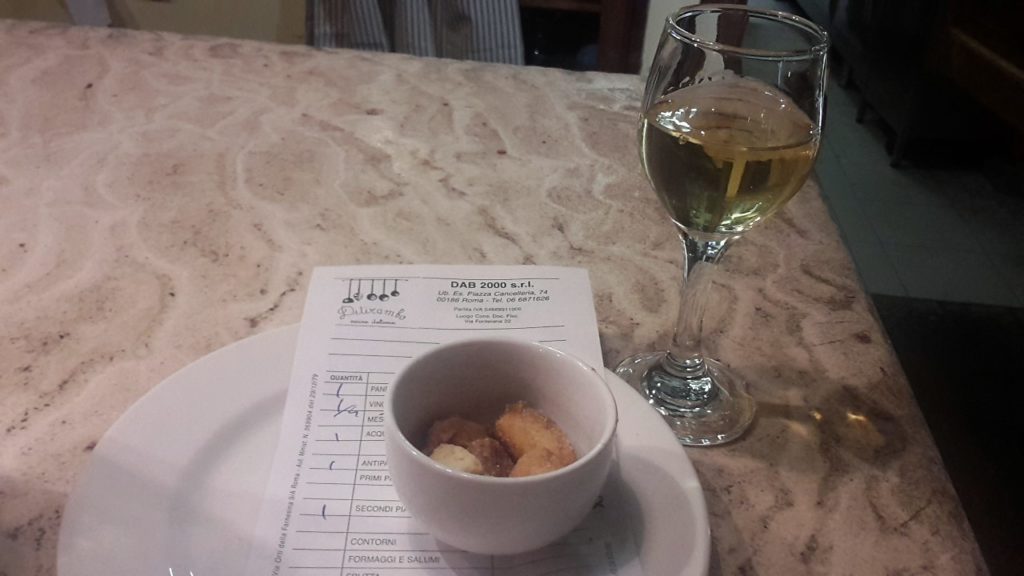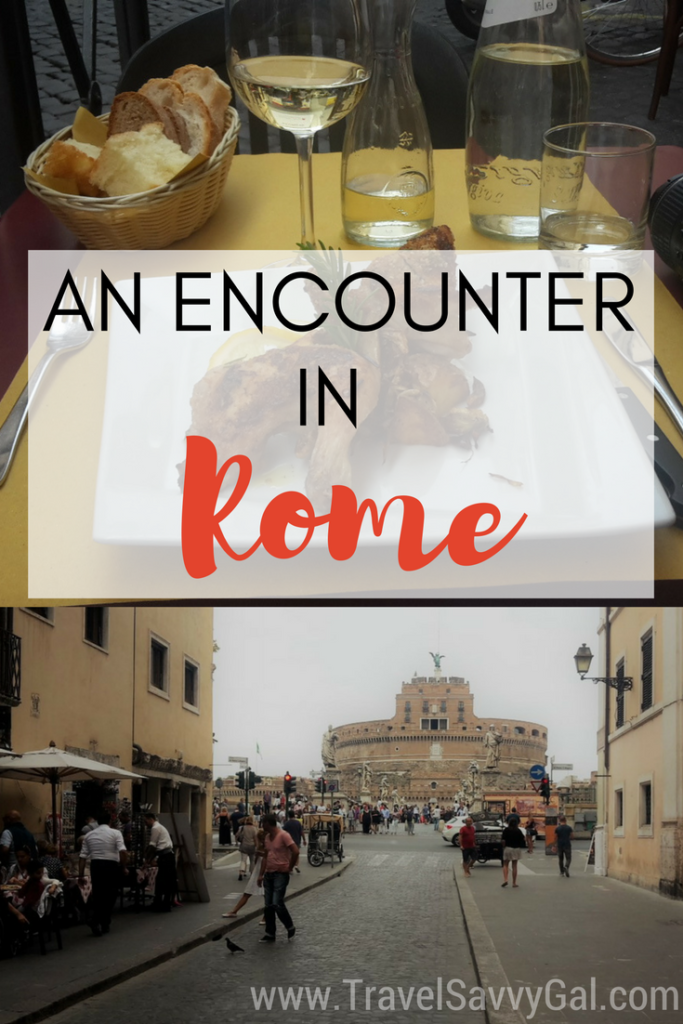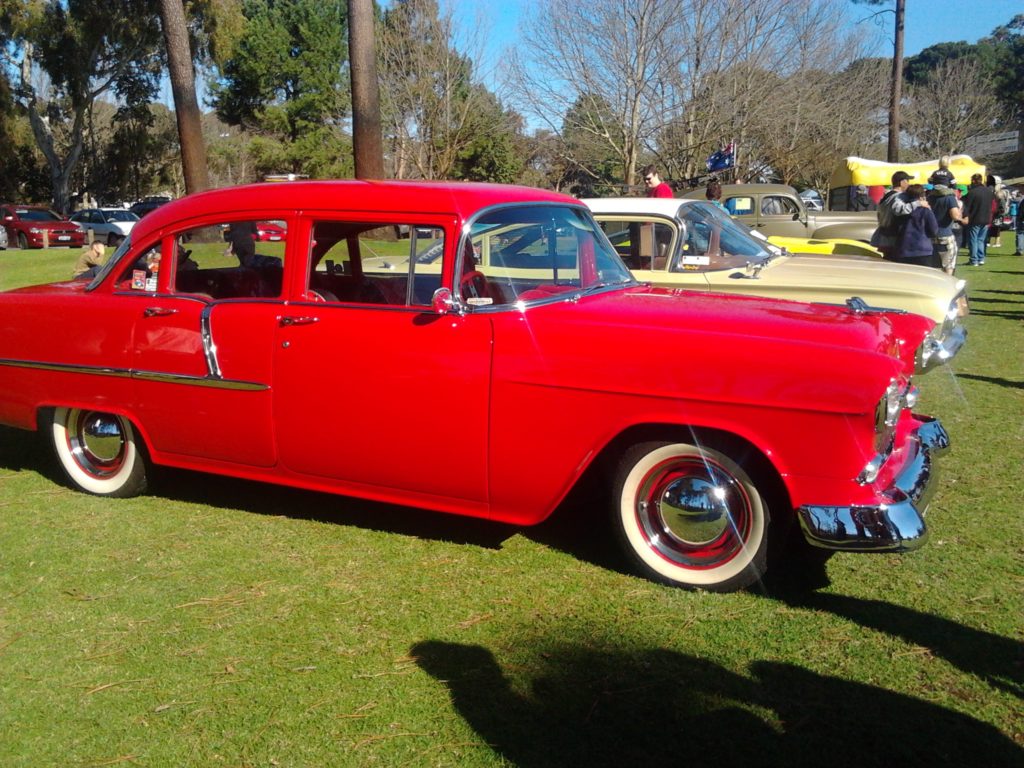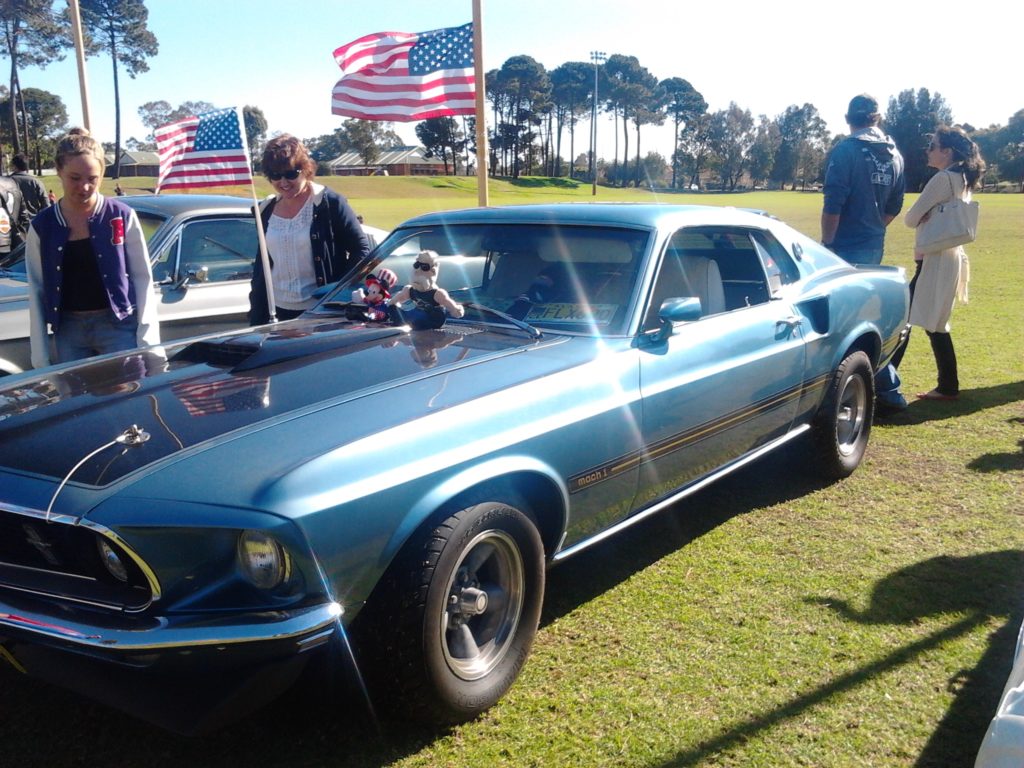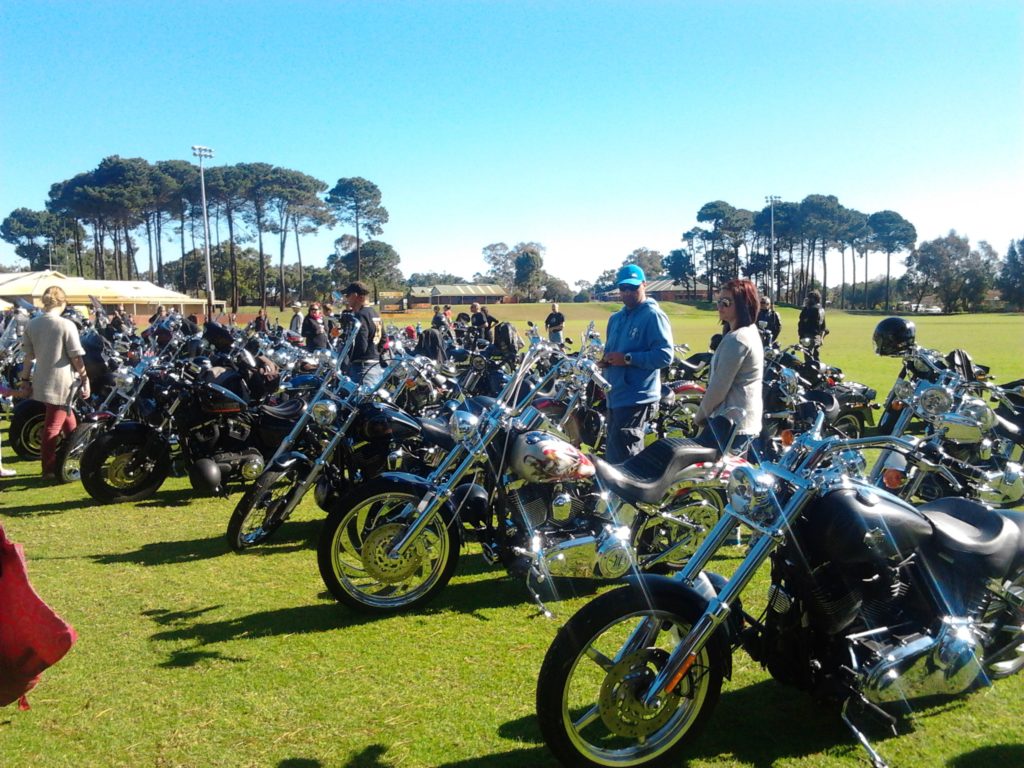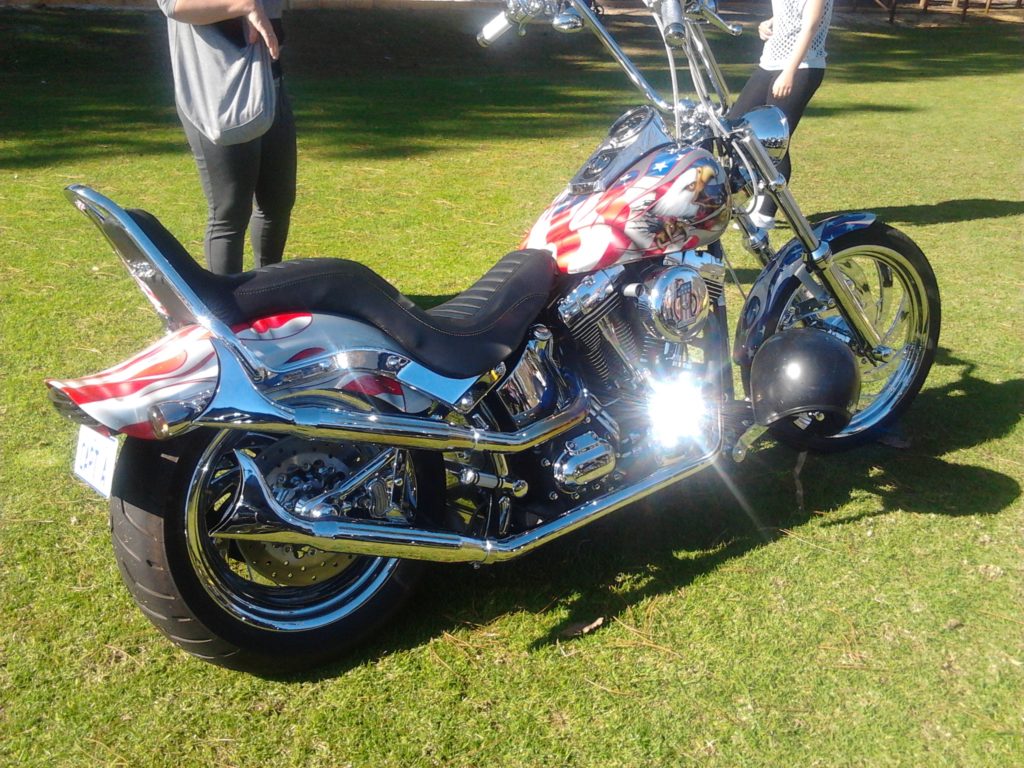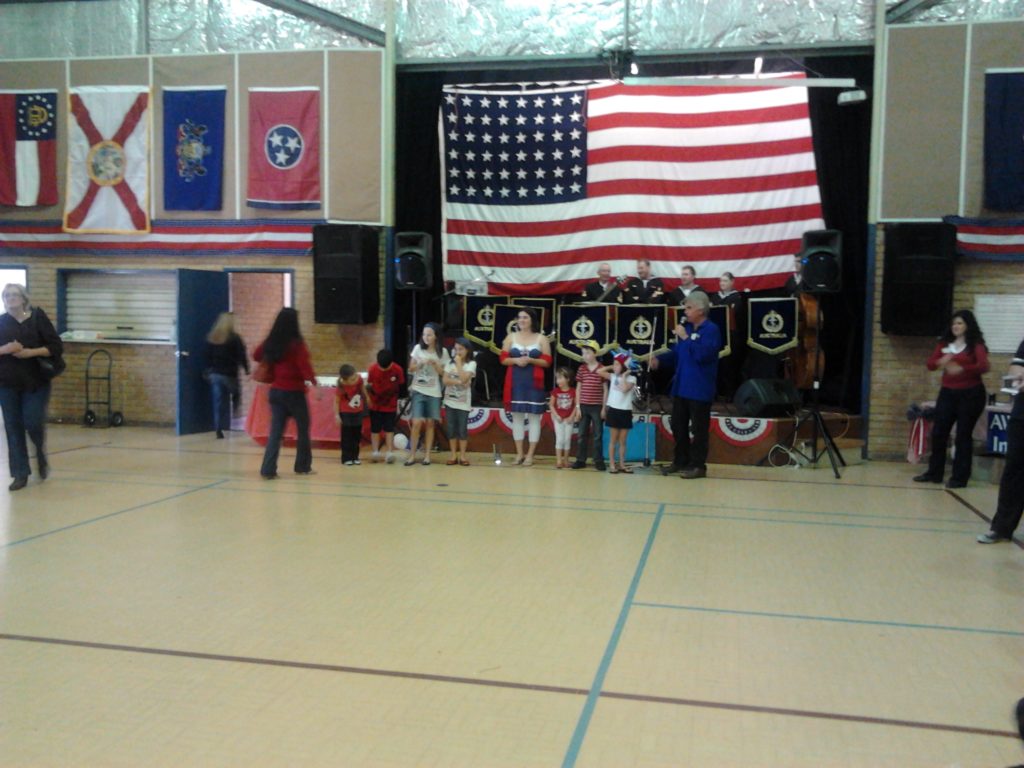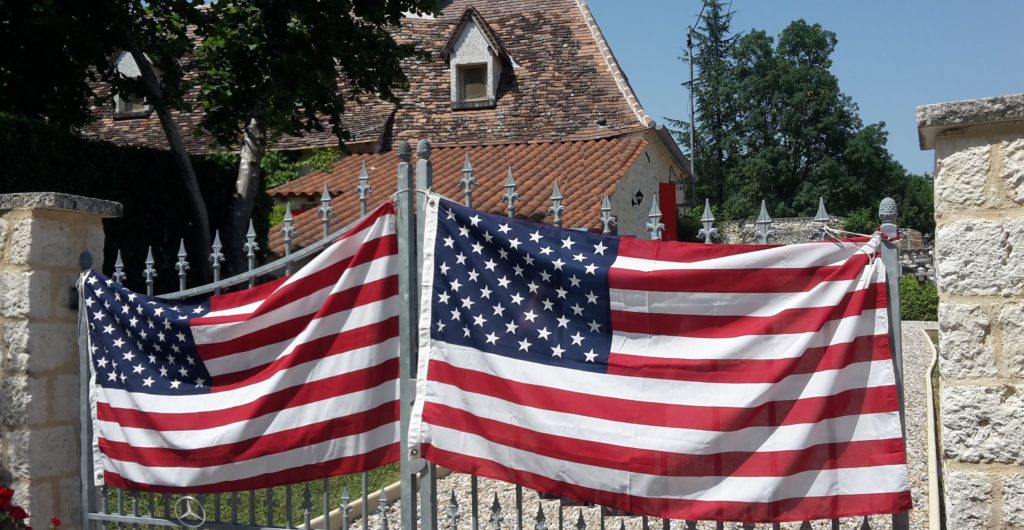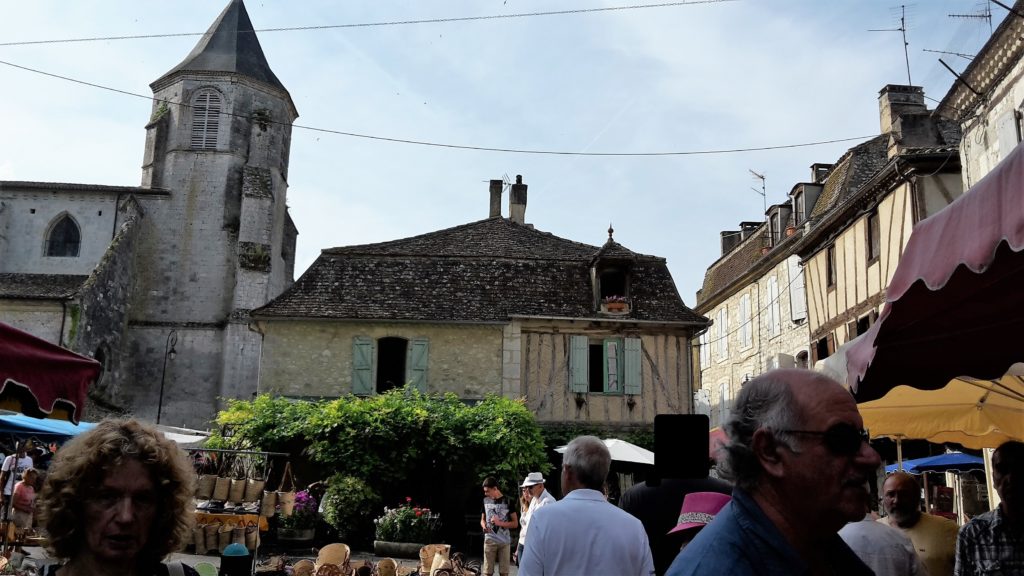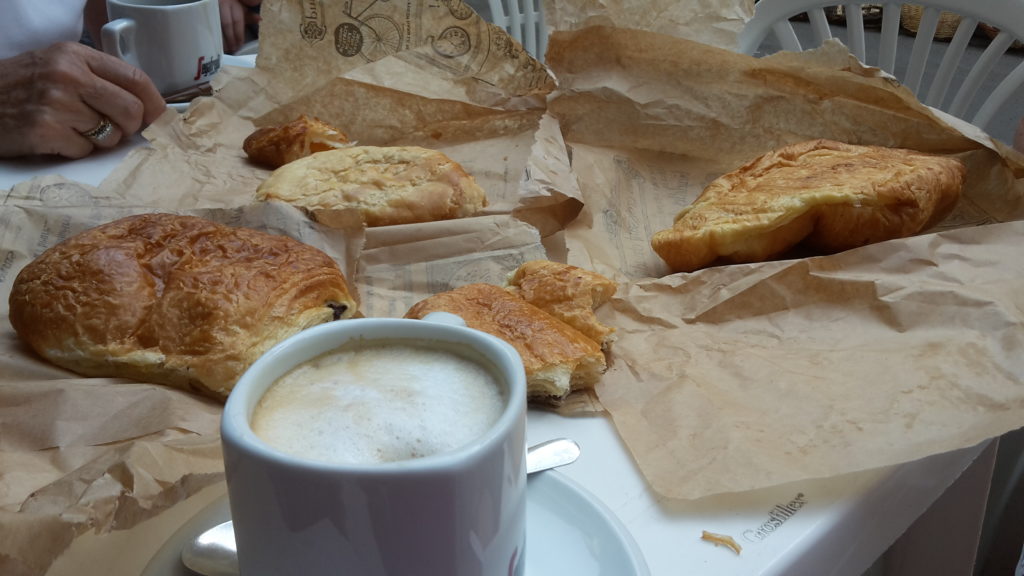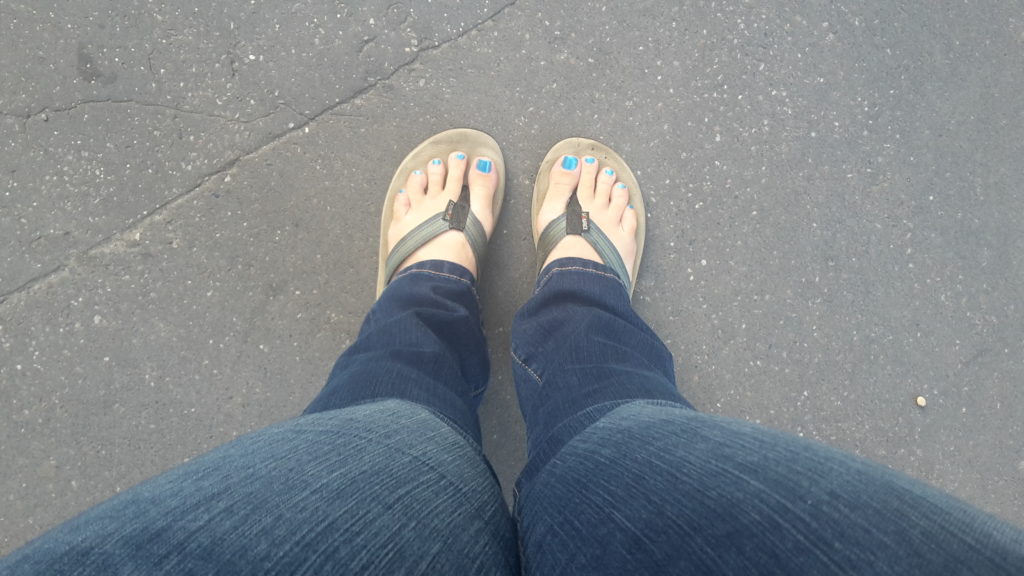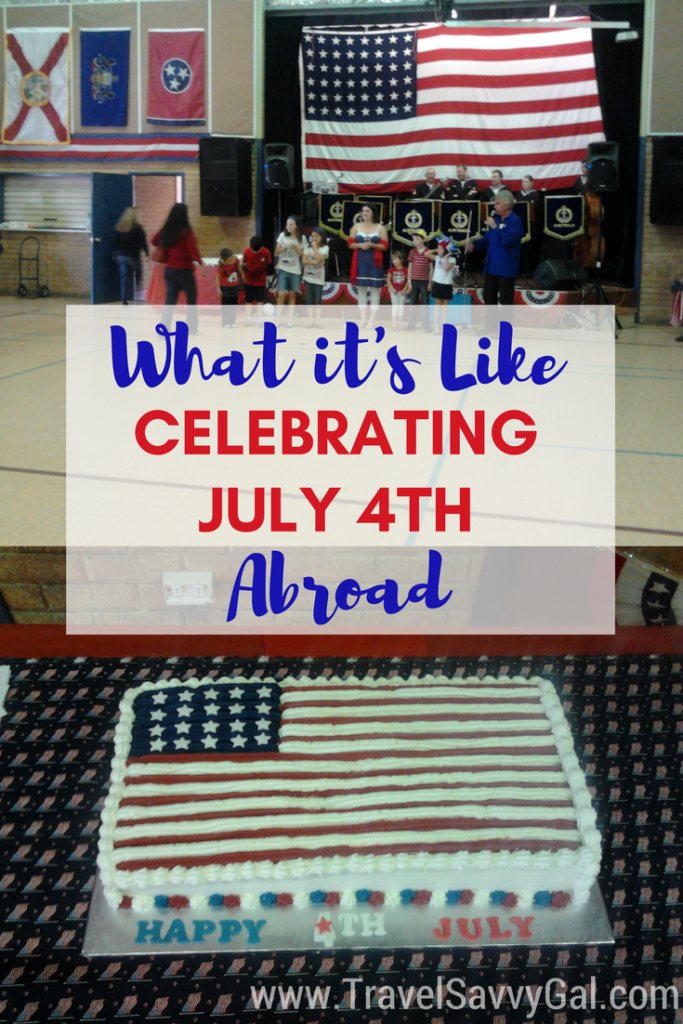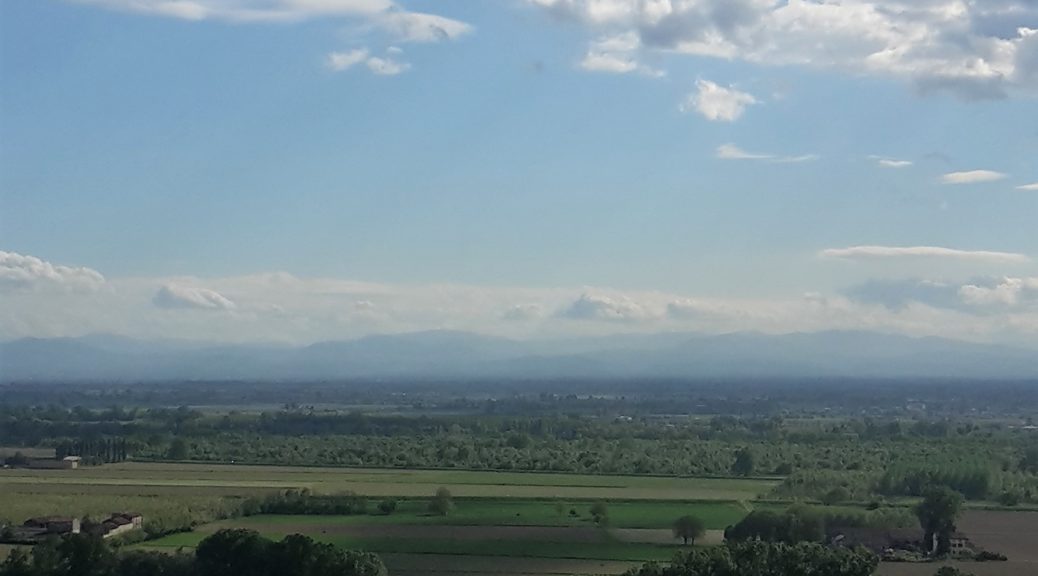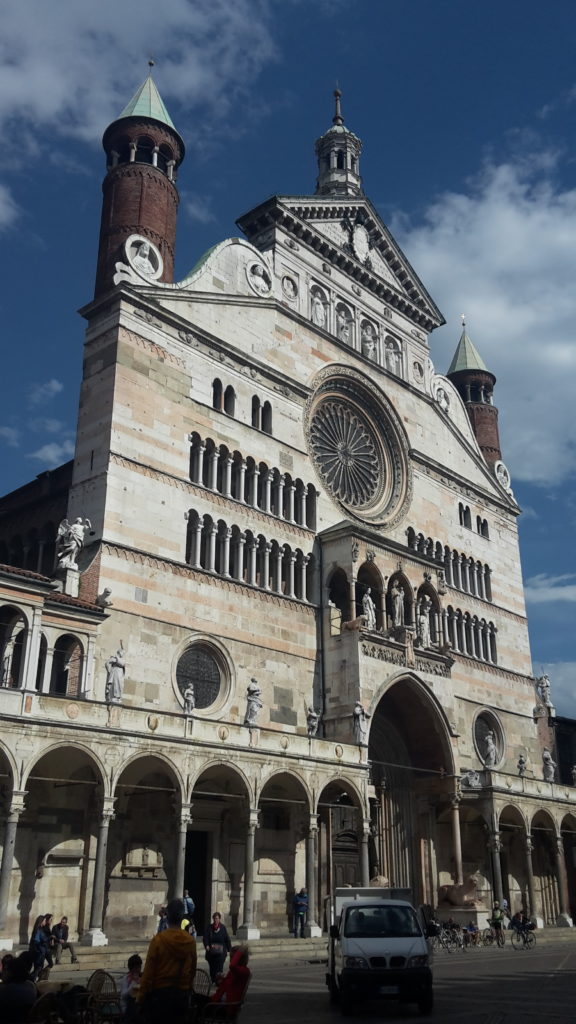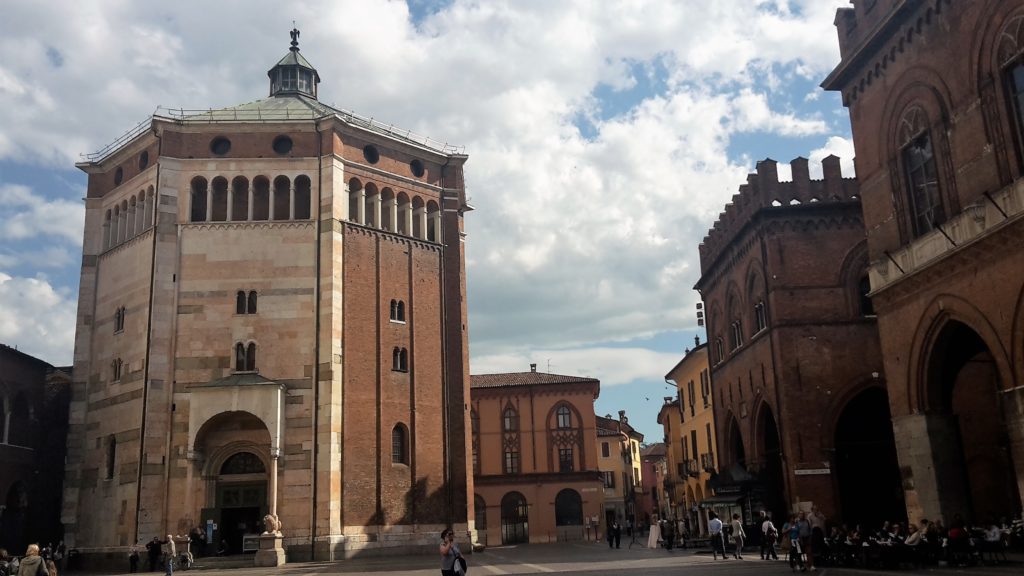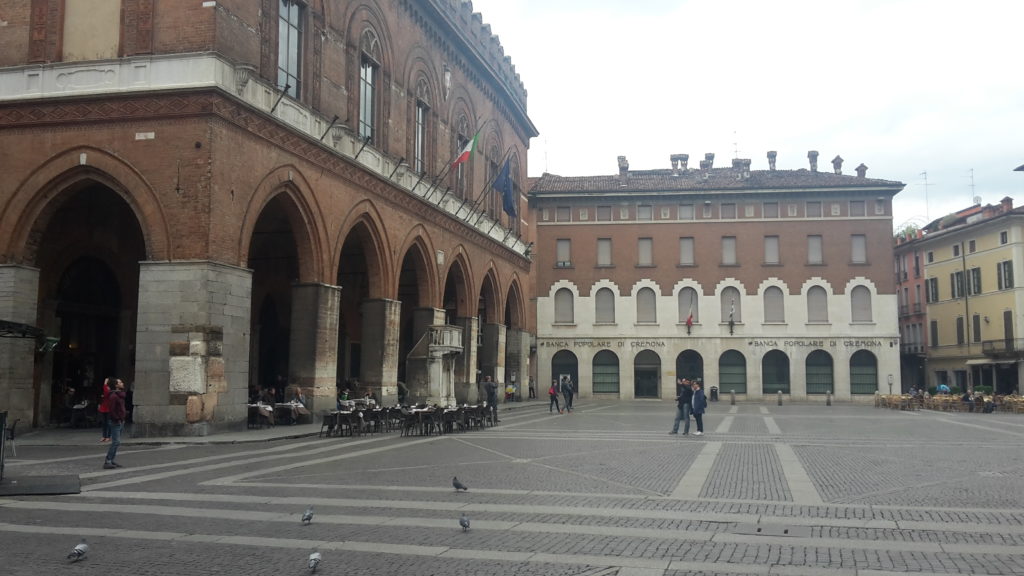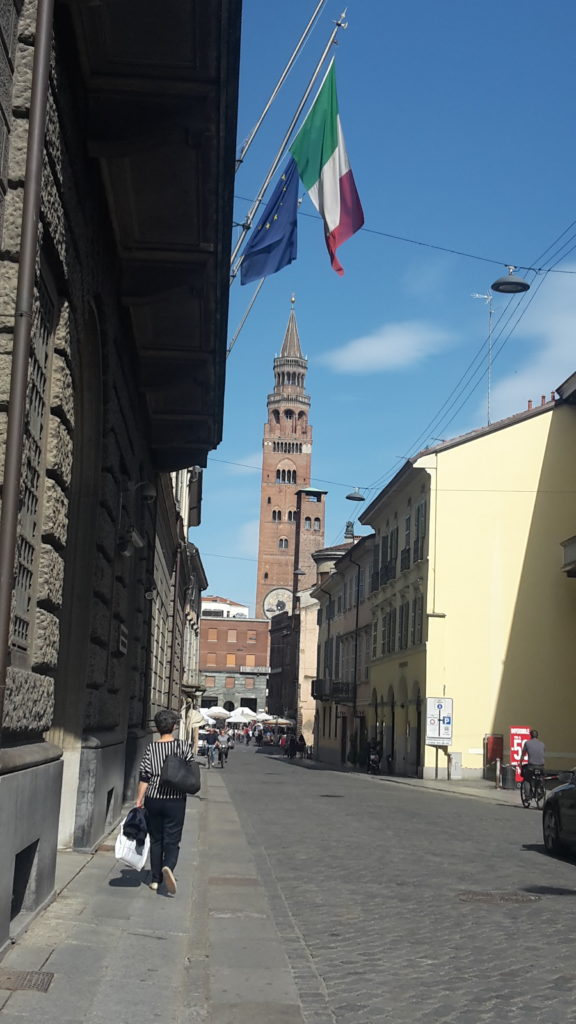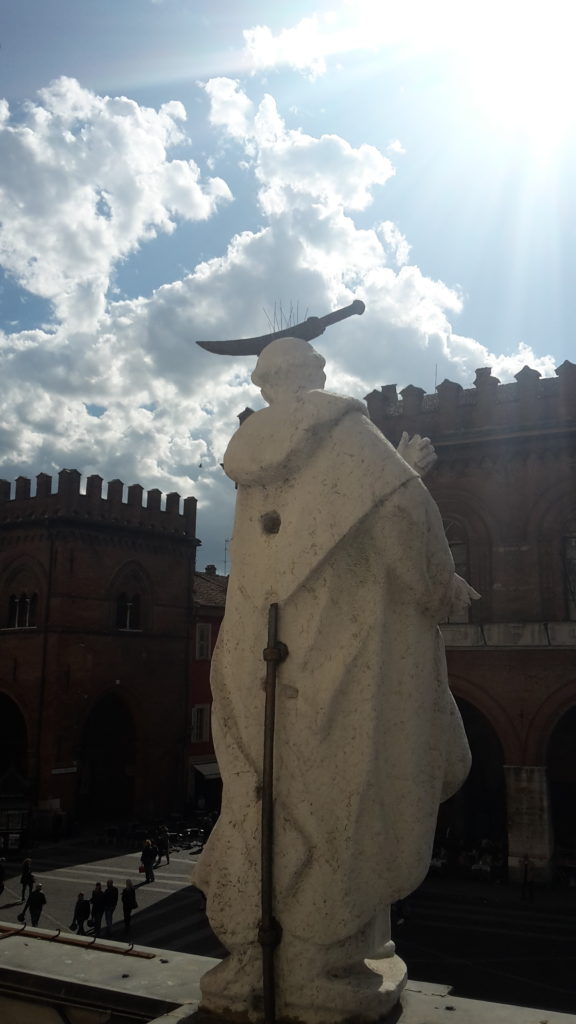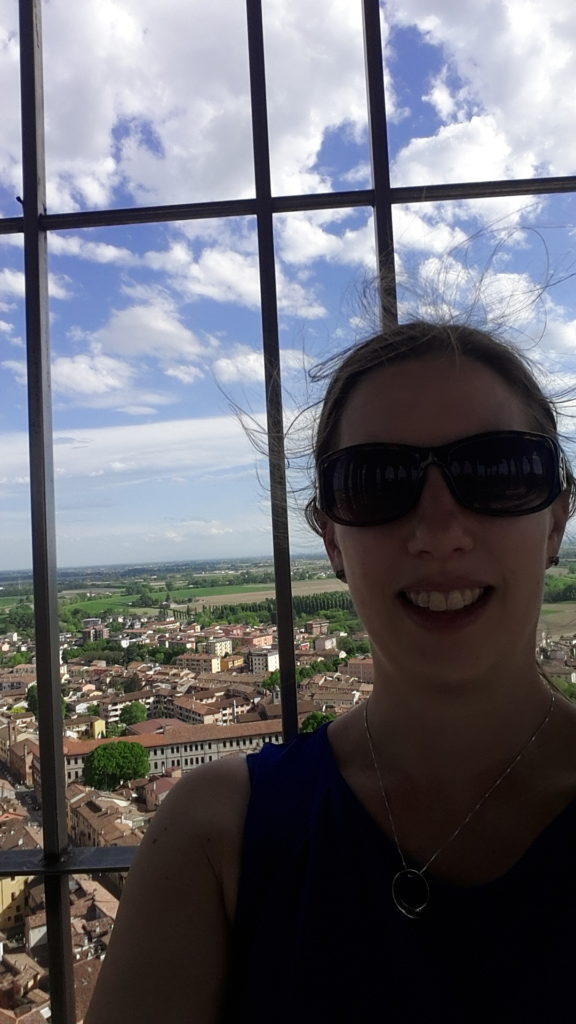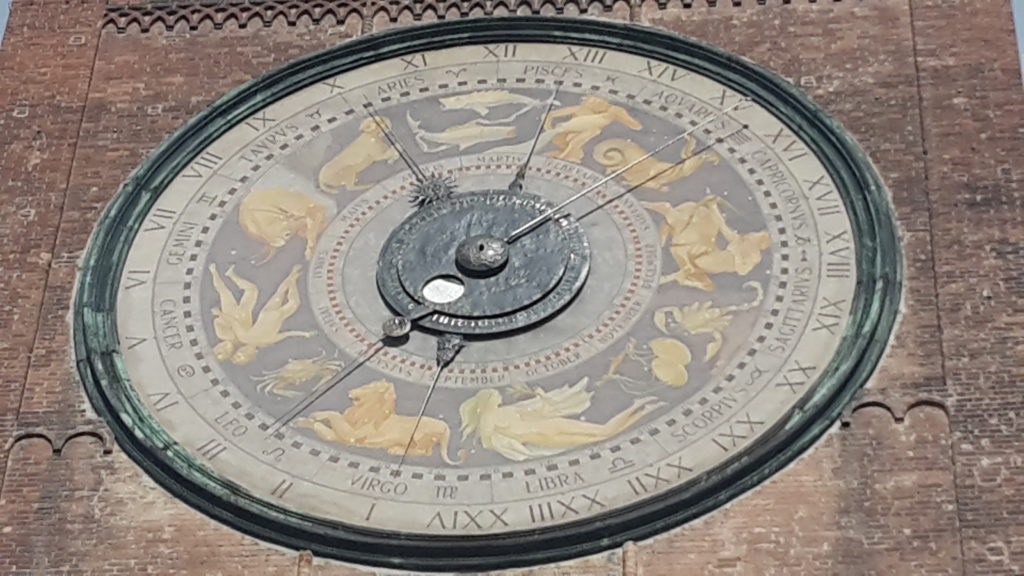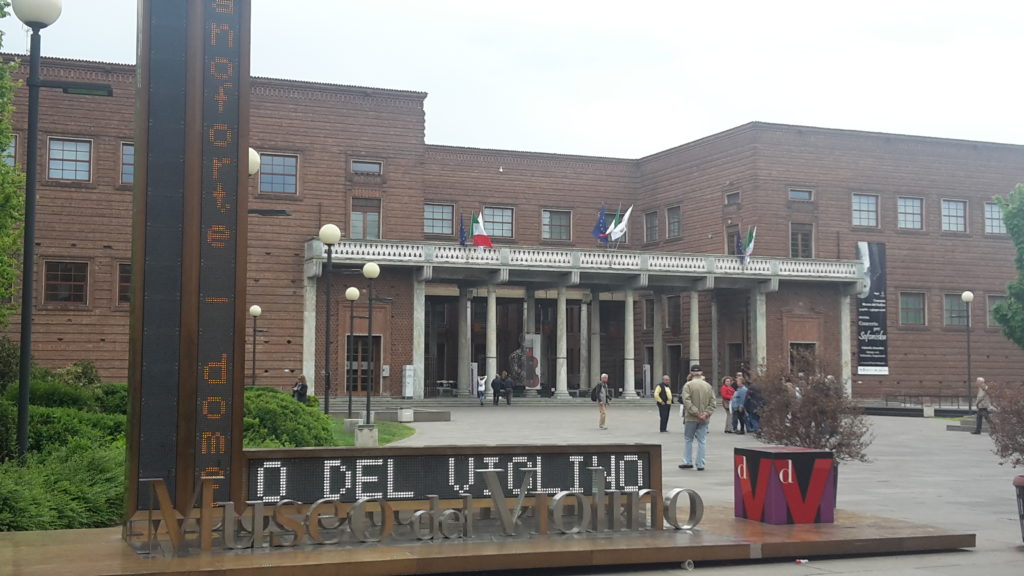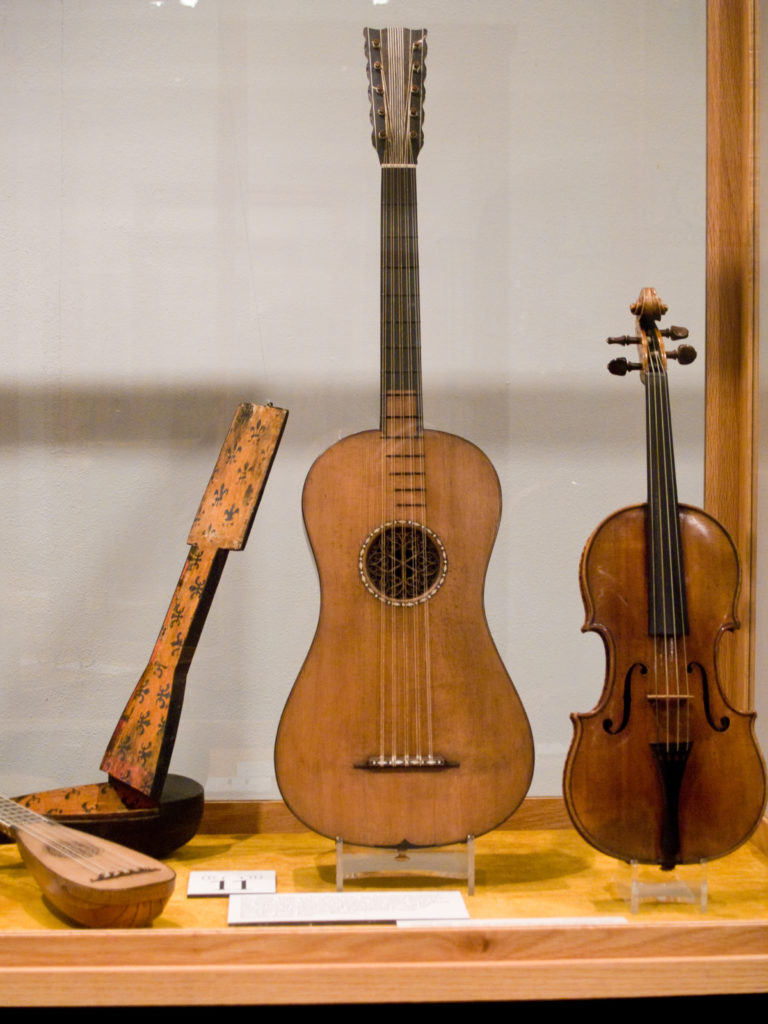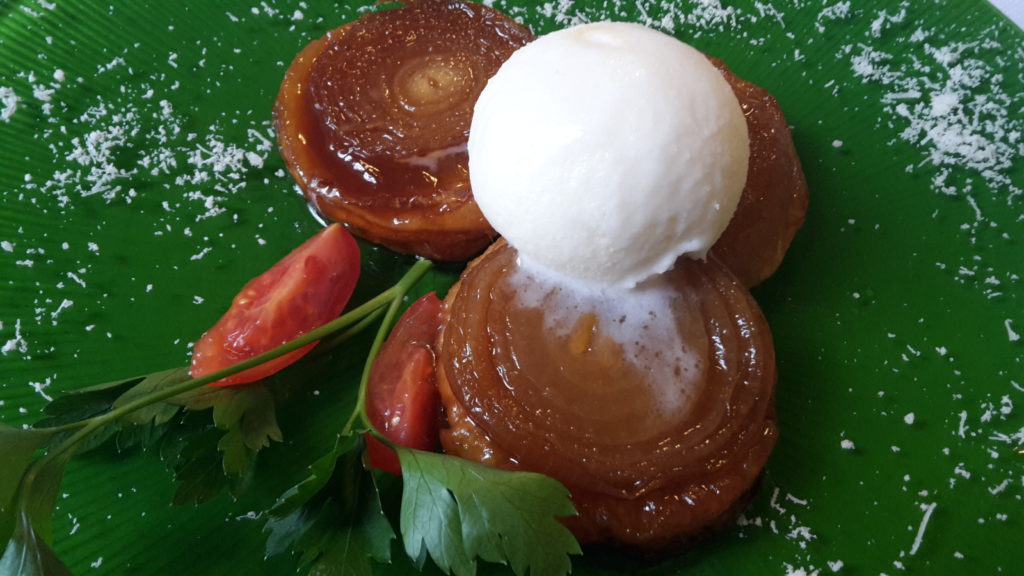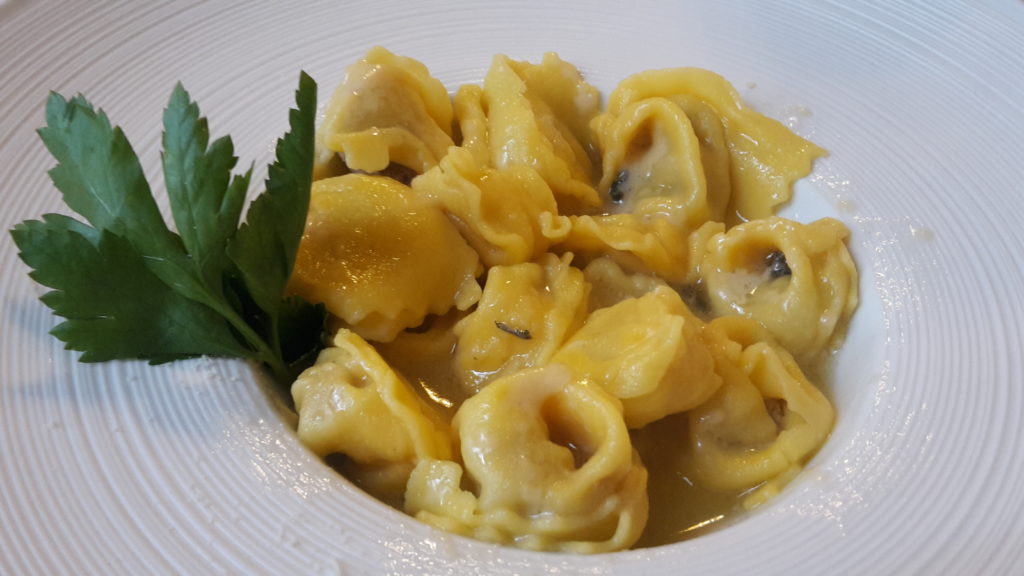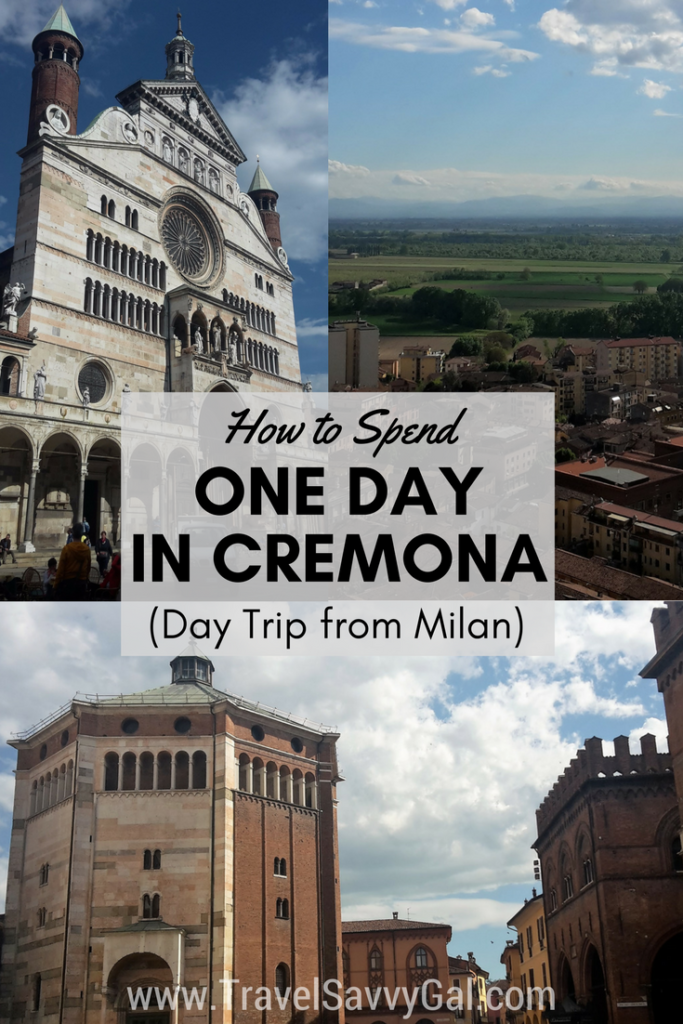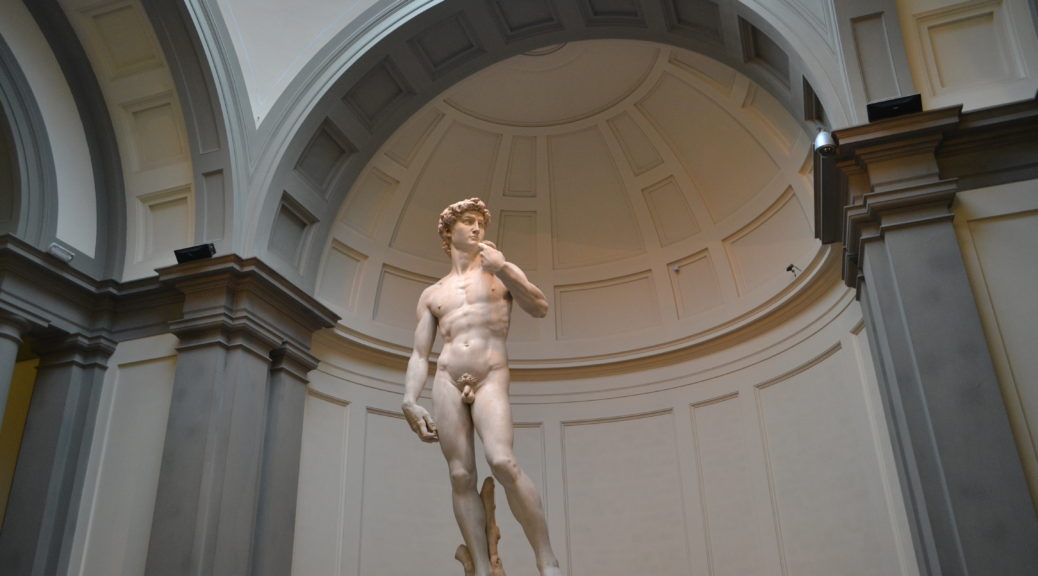
Top Picks for Churches, Art, and Amazing Views in Florence
There is no shortage of things to do on a visit to Florence, however there is so much to do it can be quite overwhelming. I’ve spent many different trips visiting the city over the past 3 years, and have been to quite a lot of the sights.
Here are my favorite picks for the city, depending on where your interests lie:
Incredible Art
There is a vast and lovely collection here, but let’s be real, you come for one thing: the original statue of David by Michelangelo. Due to the crowds, it is best to come with the Firenze Card or a timed ticket early in the morning. Although there is a quite good David replica in the Piazza della Signoria, nothing compares to the raw beauty and craftsmanship of the original.
TIP! Only buy a timed ticket from the official website linked above, otherwise you will be paying a huge markup. You can buy online up until the day before, but it’s best to do this as far in advance as possible.
TIP! Even if you don’t have the Firenze Card or managed to reserve for a time slot, you can minimize waiting time by coming first thing in the morning. On my last visit, I was in the non-reserved line (far right if you’re facing the entrance) by 8:05am and was inside by 8:30am.
This is my favorite of the art museums in Florence, because it has a variety of different types of art and a lot of period rooms with the furniture and paintings in place. The Palazzo Vecchio also houses my favorite museum room, the Hall of Geographical Maps, built at the request of Cosimo de Medici and including a hidden door to a secret passage – see if you can spot it! The Palazzo Vecchio also has ruins underneath and a tower you can ascend for views of the city (see “Towers to Climb” section below). Even if you don’t have the Firenze Card, the ticket office does not usually have a line.
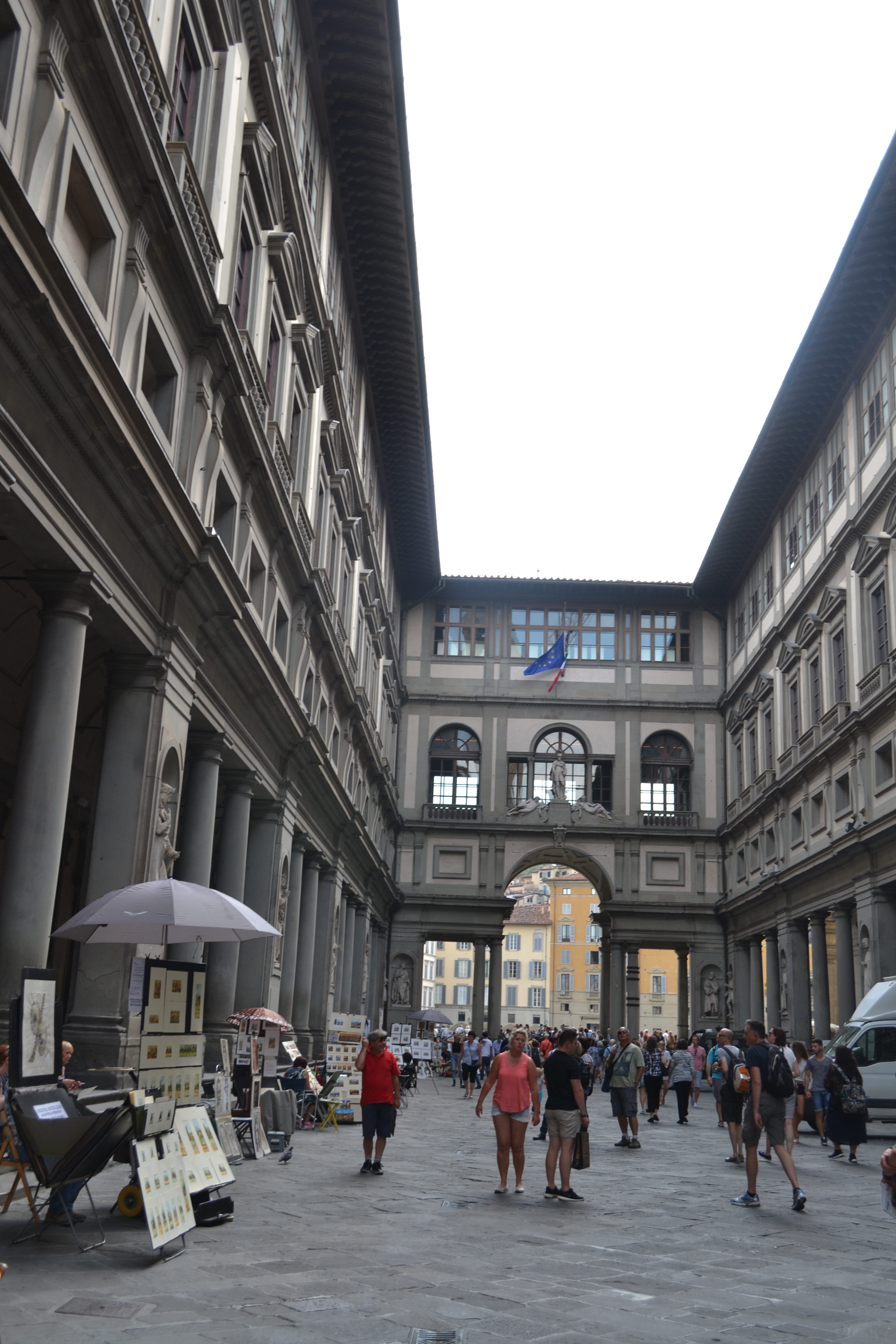
This is possibly the most famous art museum in Florence with its renowned art collection and huge queues. While there is no individual piece of art that I saw that sticks in my mind, I do remember being wowed by the beauty. The impressive collection will have you swooning with the rest of the visitors. The crowds are massive, and the first non-Italian to head up the Uffizi may have even succeeded in shaking things up by the time you visit.
TIP! The lines are almost always long to enter, so I strongly recommend coming with the Firenze Card or buying a timed ticket in advance from the link above (which is the official link, and saves you the huge markup of private tour providers).
Churches of Note
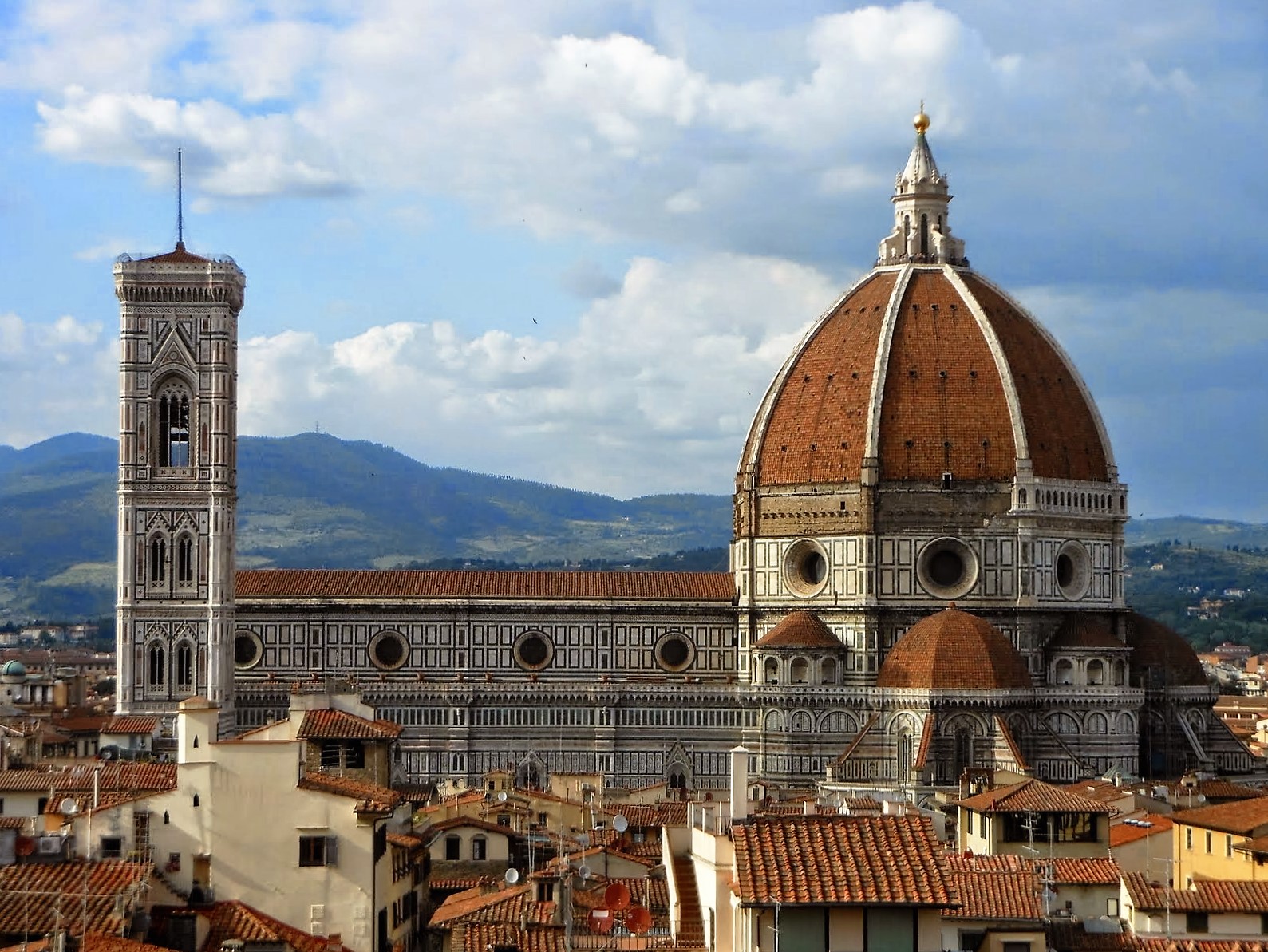
Florence’s Duomo is iconic with its different colors of marble adorning the outside and the red-tiled dome visible from many vistas in Florence. Definitely a must-visit spot for Florence, although go early to avoid a long wait – even if you have the Firenze Card. You can climb the dome as well as the bell tower (see “Towers to Climb” section below).
TIP! The Firenze Card won’t get you expedited entrance to the cathedral itself, so if the line is massive, you can either enter more quickly by hiring one of the tour guides milling around or use your Firenze Card to climb to the Cupola where you can expedited entry and check out the inside of the Duomo during your ascent which takes you inside (see “Towers to Climb” section below).
This church close to the Galleria dell’Accademia is nice, but the convent turned museum is the real highlight. This is a nice spot to visit because there is not much of a line and it is also on the Firenze Card. There are several rooms around a courtyard with lovely artworks and sculpture, plus the rooms of the convent on the floor above which all have wall murals and some of which peer down into the older ruins underneath.
This is a lovely basilica, although due to its location close to other attractions in the historical center, it is often crowded with tour groups. There is a lot more to see than you’d expect once you get inside, so plan enough time for your visit unless you’re on the Firenze Card and just popping in for quick look.
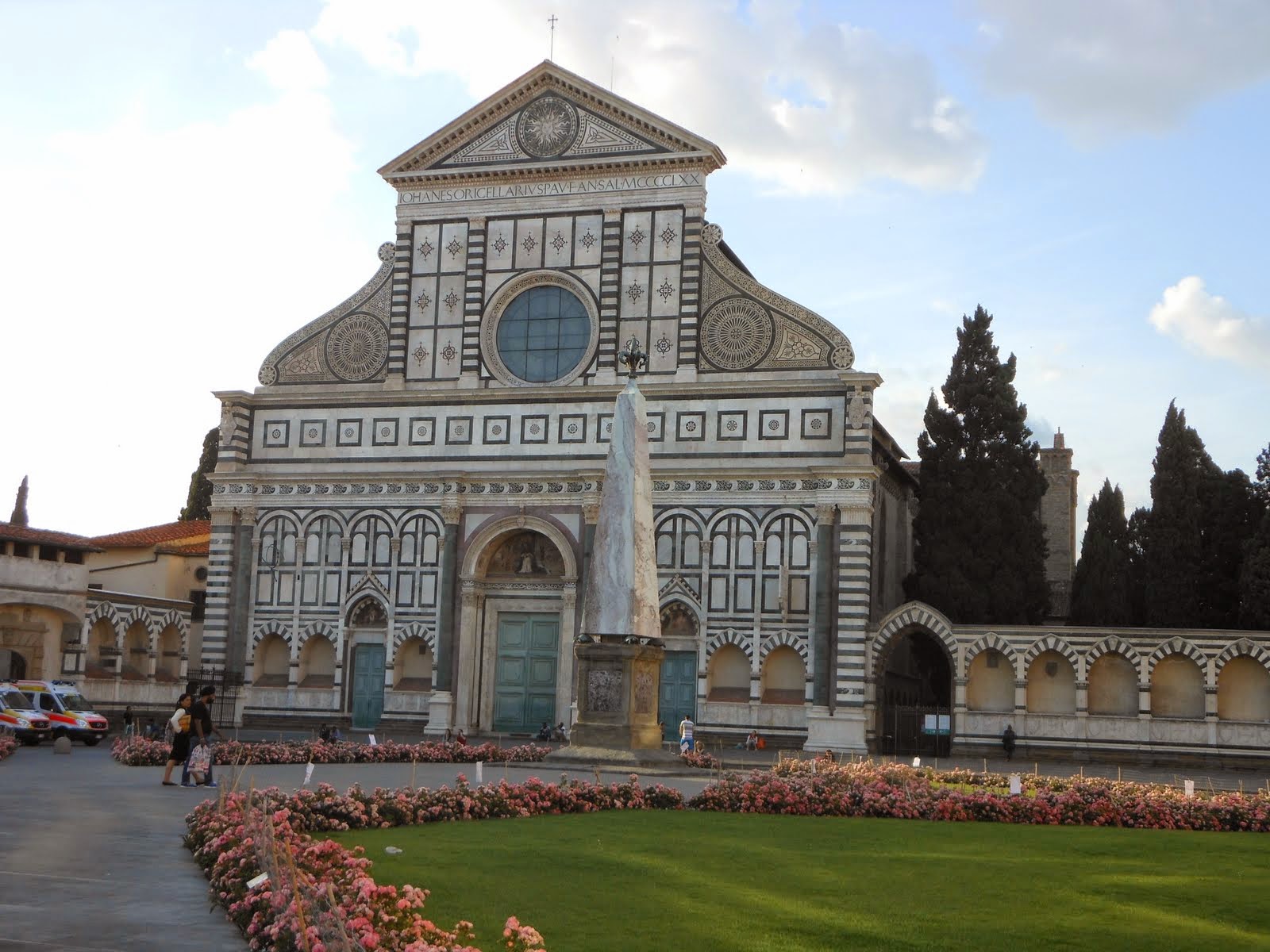
Many visitors pass by the church of Santa Maria Novella, as it is opposite the main train station that bears its name, but far fewer take the time to visit. Which is a shame, because this has probably been my biggest surprise in my time in Florence. I went on my second trip to the city, because I had a Firenze Card that was still valid and some time to kill before catching my train back to Milan (and am so glad I did). The highlight for me were the giant frescoes around the inner courtyard.
Around Town
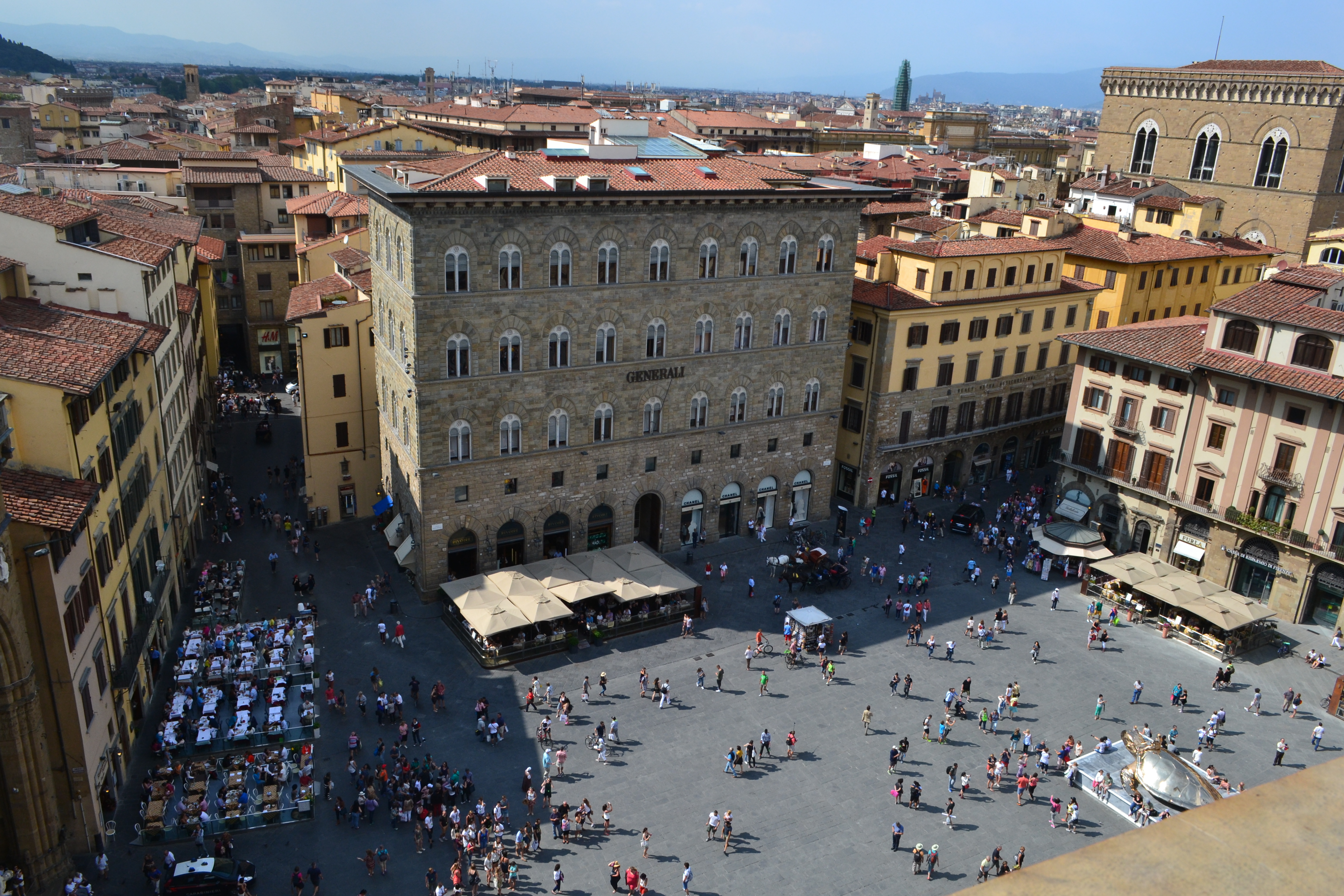
Piazza della Signoria
A piazza is just a plaza or open square, but the stunning thing about Florence is the incredible artwork and sculptures you discover. Piazza della Signoria is probably the most famous Florentine piazza, as it is bordered by the Palazzo Vecchio and Uffizi Gallery (see “Incredible Art” above). In the piazza itself, are statues of the god Neptune and Cosimo de’ Medici, a replica of Michelangelo’s David statue (where the original once stood), and often rotating works that are part of temporary art exhibitions.
Loggia dei Lanzi
This is an elevated platform also bordering the Piazza della Signoria, with a number of lovely sculptures. It is covered and has seating, so is also a good spot to sit and rest, or to duck out of a sudden rainstorm.
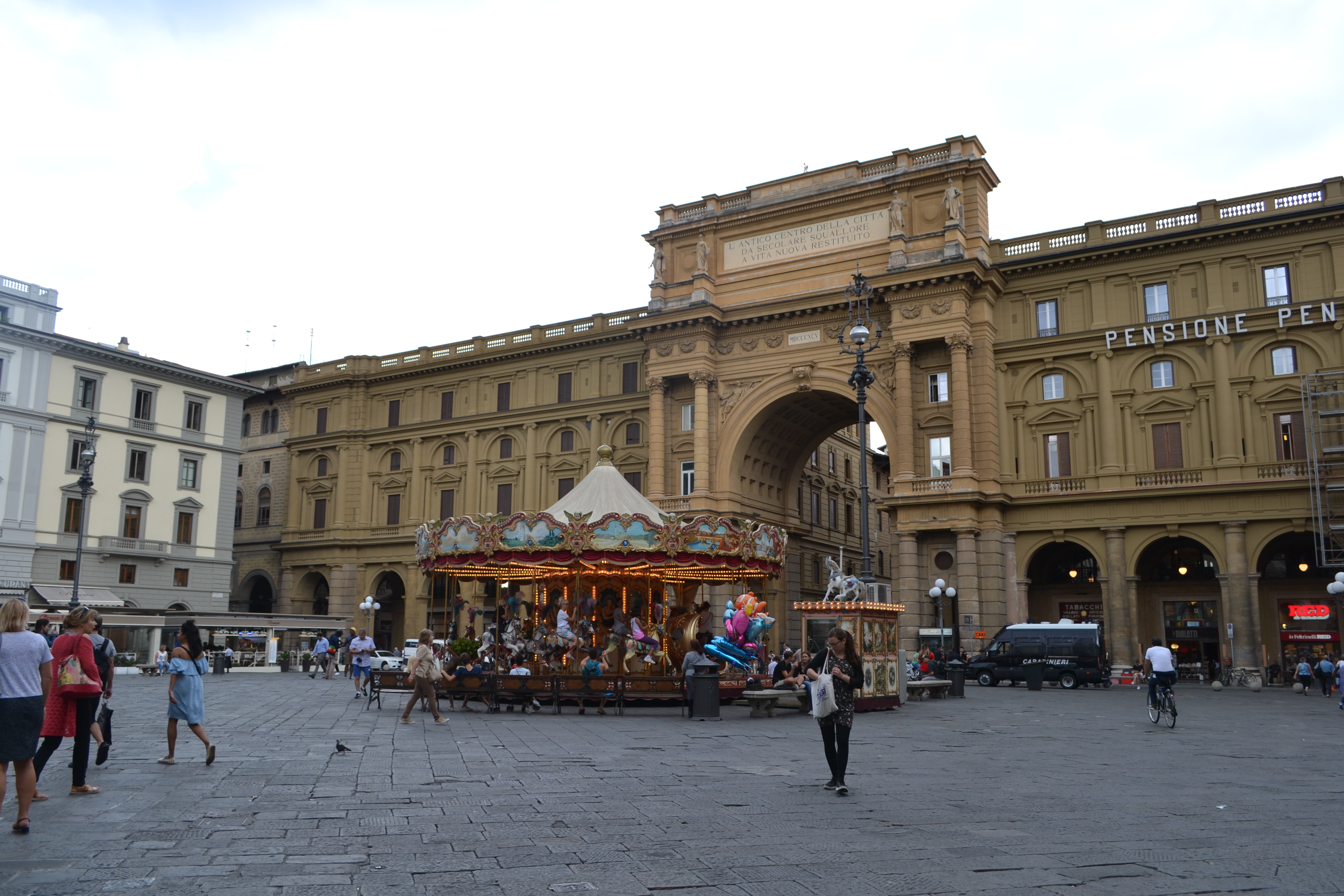
Piazza della Repubblica
This is another plaza you are likely to happen upon as you stroll the city, which you’ll recognize by its dramatic archway and the historical carousel on the square itself.
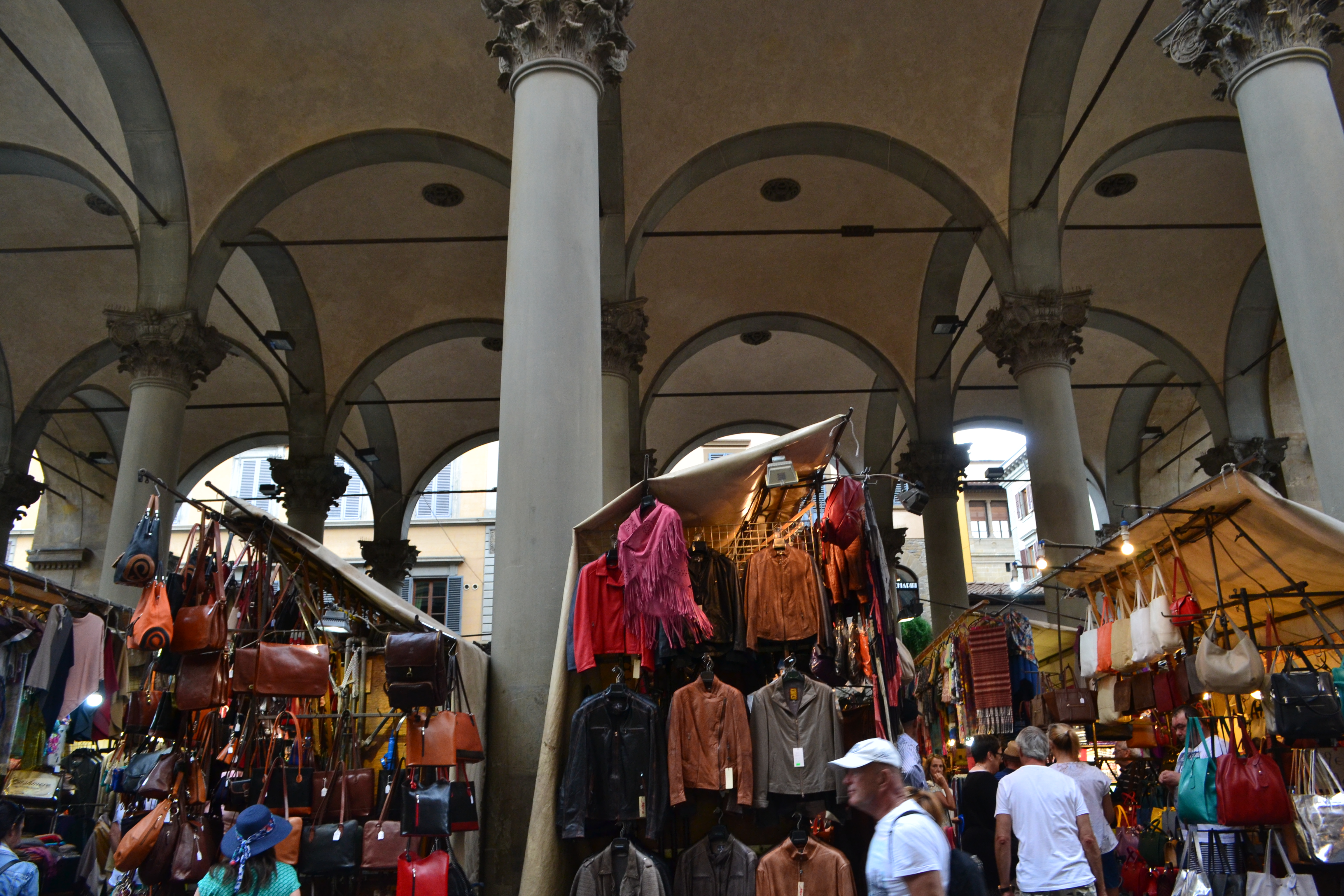
Piazza del Mercato Nuovo
Between the Piazza della Repubblica and the Ponte Vecchio, you’ll come across the “new market” with vendors predominantly selling the leather products Tuscany is known for producing.
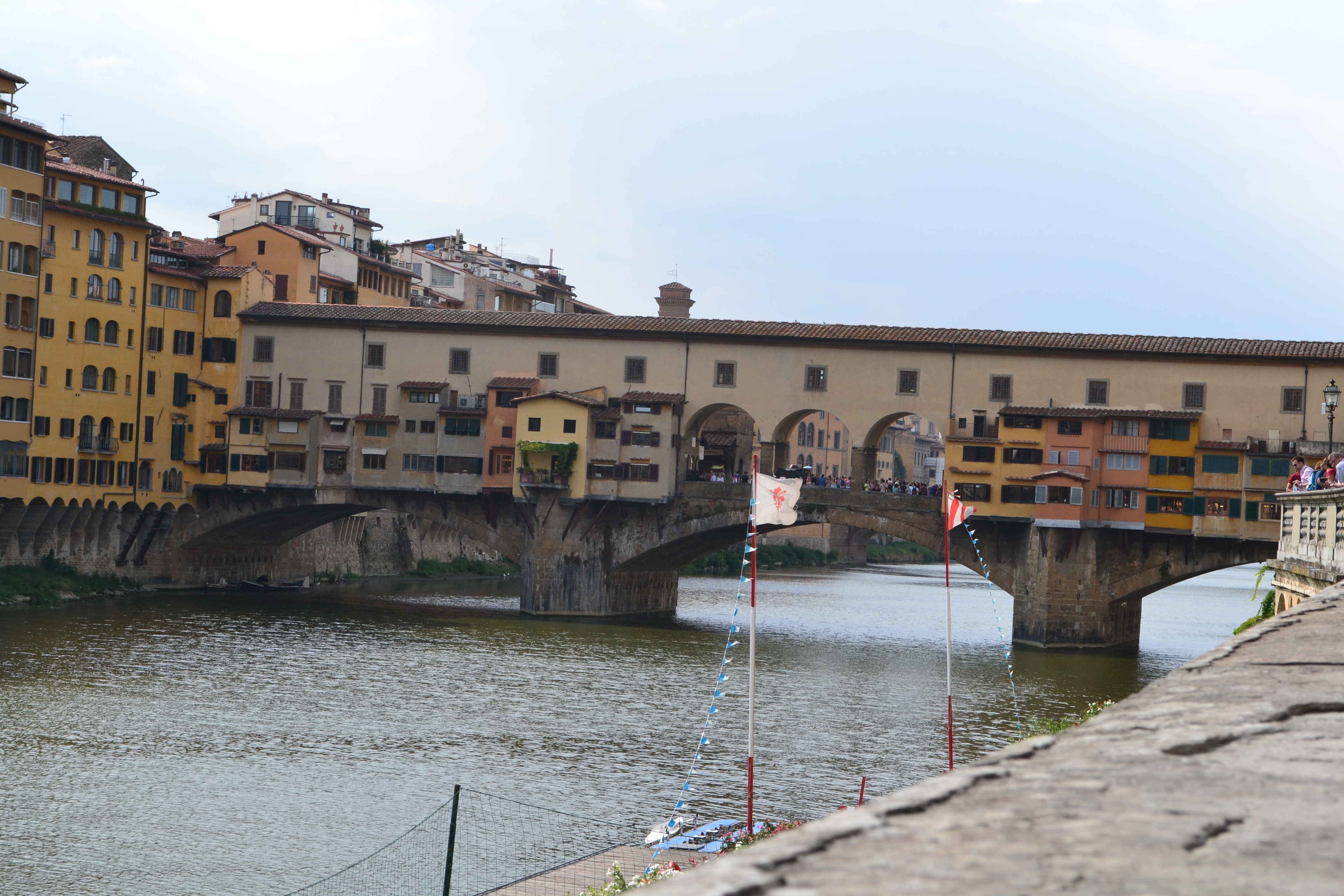
Ponte Vecchio
Literally meaning old bridge, the Ponte Vecchio distinguishes itself from the many other bridges crossing the Arno river since it is the only one with buildings. Today the shops are jewelry merchants, and there are nice views of the river from the break between shops in the center of the bridge. It looks so much like the neighboring streets when you approach that you may not even realize that you’ve crossed onto the bridge.
READ MORE: Where to Stay in Florence, Italy
Off the Beaten Path
This was an exciting discovery that is not off the beaten path geographically (it’s very close to the Uffizi Gallery), but is far less visited than other sights. There is a vast collection of scientific instruments through the ages and some great, interactive displays. The Galileo museum can also be a nice shift if you’ve been seeing lots of art all day, and is conveniently part of the Firenze Card.
It took me a few visits to Florence to come to the central market for the first time. It is in a historical building that has been revived with different food stalls representing many types of Italian cuisine, and also selling fresh produce like any other market. It is fun just to walk around and take in the sights and smells, as well as stopping for a bite.
Great Synagogue and Jewish museum
The museum is inside the synagogue itself, and is also on the Firenze Card. Built in the late 1800s, there is a lot of detail in the artwork and architecture of the structure, and the museum provides interesting insights into the Jewish history of the area.
TIP! Be aware that the synagogue is closed on Saturdays as well as other Jewish holidays throughout the year. Check out the link above for a full list of closure dates so you can plan your visit accordingly.
READ MORE: Most Frequently Asked Questions about Florence
Amazing Views
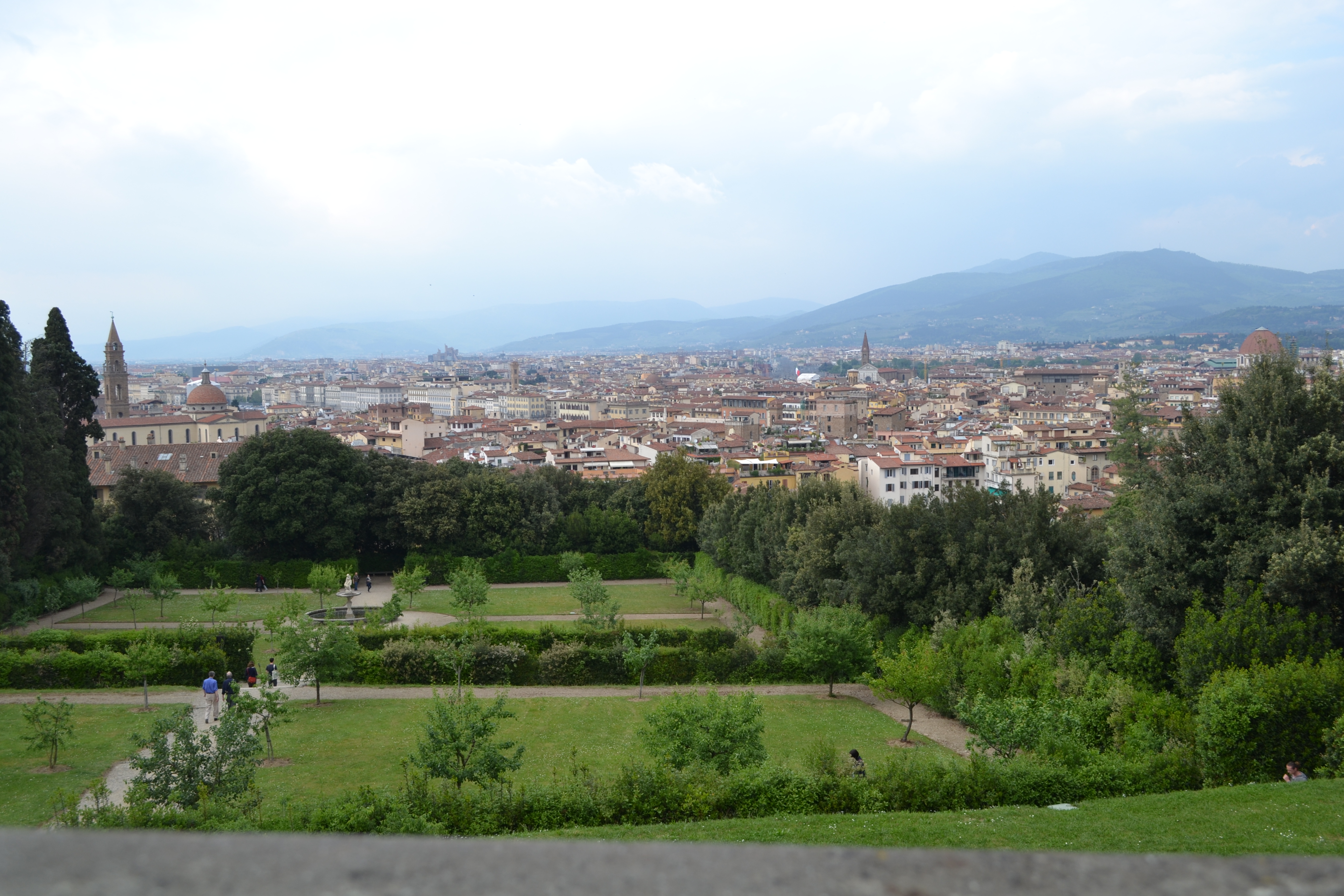
Boboli Gardens
The gardens themselves are nice to visit, and happen to be connected to the Palazzo Pitti, which houses a series of smaller museums with different types of collections. As you ascend the many terraces of the gardens and wander off to the side paths, you’ll get a variety of views of Florence. This is only during the day though, as the gardens shut in the early evening well before sunset. On your way out of the gardens, veer to the right as you go downhill to check out some of the grotto areas with unique decorations.

Fort Belvedere
The fort is usually not too crowded, is near the top of the Boboli Gardens, and has some quintessential views of Florence. While this is an uncrowded spot that many Italians visit to take in the sunset, note that there is a closing time and you may not catch the end of sunset or be able to linger afterward. The views are spectacular, though.
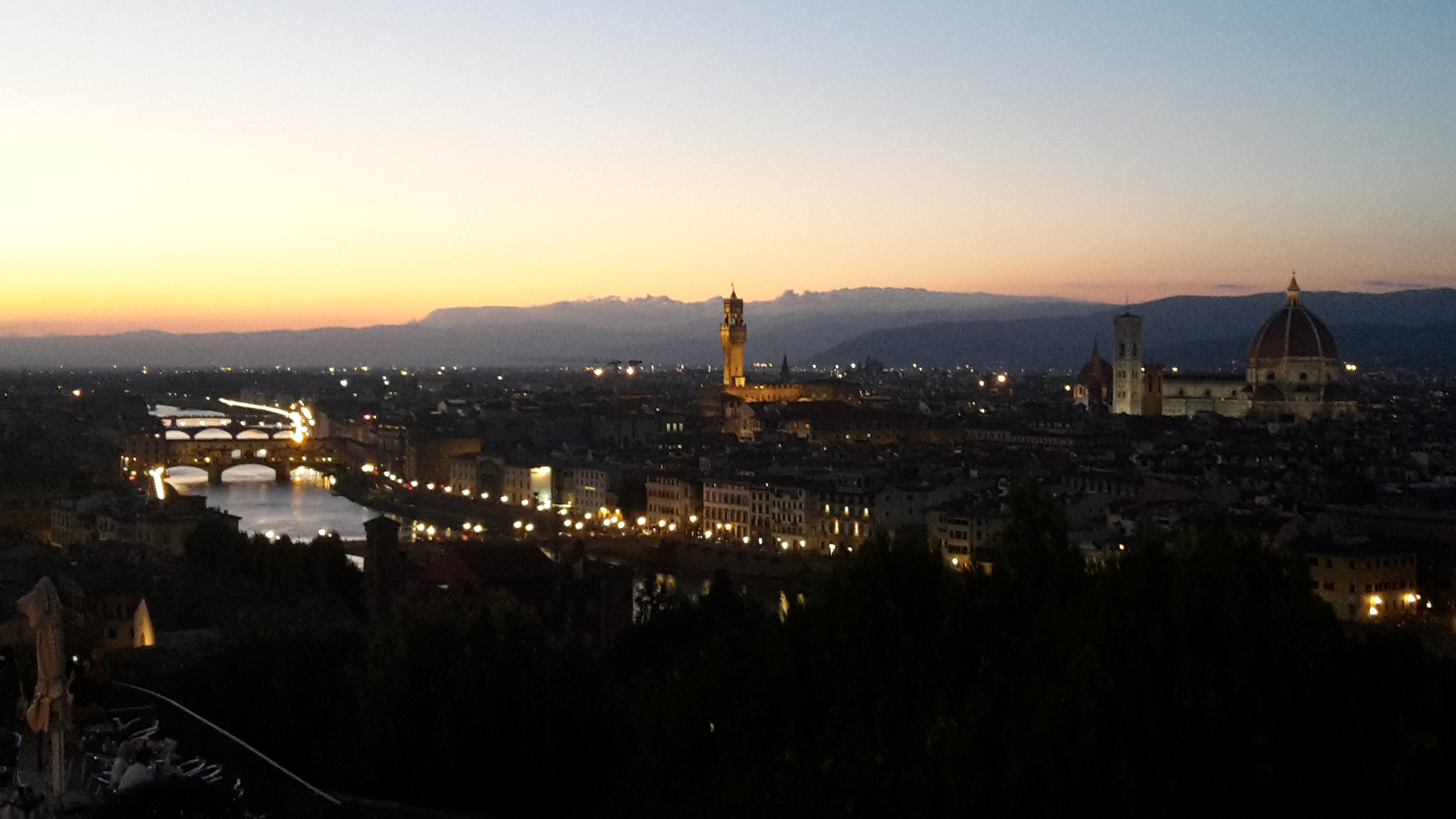
Piazzale Michaelangelo
This is by far the most popular (and crowded) of the options for catching amazing views of Florence, but is especially popular for catching a broad view of sunset over the city. Do note that you will not be alone, and it will not be quiet. When I’ve gone to watch sunset, there is basically a mass migration of tourists from the river heading the same way. At the top, it is a mix of serious photographers, people selling selfie sticks, and live bands playing for money. It’s still popular though, because it’s still an incredible view and you can linger as long as you like.
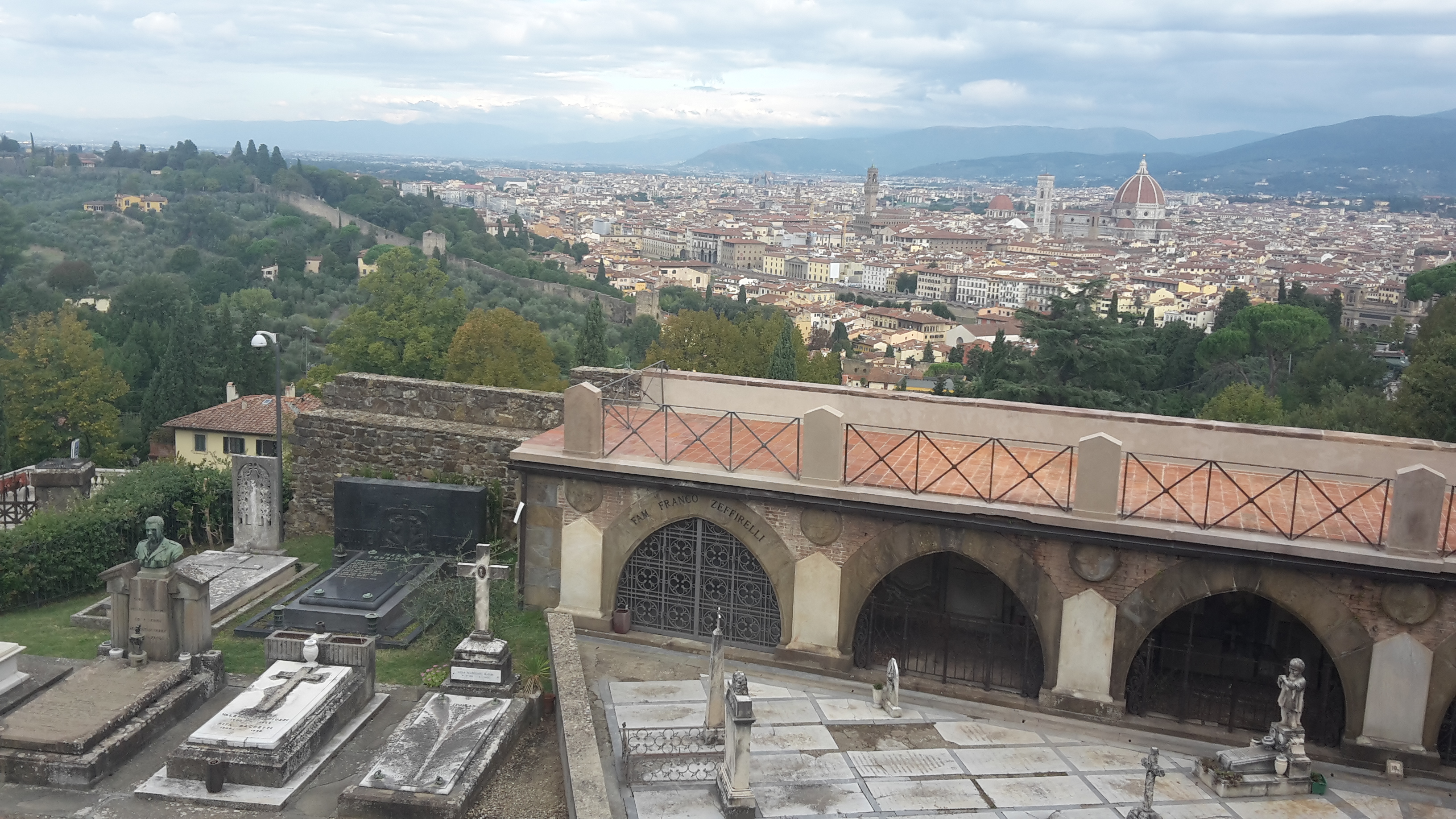
San Miniato al Monte
This is the quietest of spots, in part because it is the hardest to get to. You can get there on foot with a longer uphill walk than Piazzale Michelangelo, or arrive by bus or car. I have only been here in the morning, but can attest to great views of the city that would perfect for sunset as well. The church is also worth visiting, as one of the oldest in the area and featuring different artwork from the other churches you’ll visit in town.
Towers to Climb (aka More Amazing Views)
Campanile (bell tower of Duomo complex)
The bell tower tends to have a shorter line to enter and climb, but it’s still best to come first thing in the morning for visiting all of the parts of the Duomo. The benefit of climbing the Campanile (other than a shorter wait) is that you can get a close up view and take excellent pictures of the dome.
Duomo cupola (dome)
The dome allows a close up view of the ceiling on the inside of the cathedral along the way, so if the line to enter the Duomo is long, this can be a quicker way to gain entrance to see the cathedral, provided you have the Firenze Card. It also has panoramic views of the city as you walk around the bottom of the dome and peer in all directions.
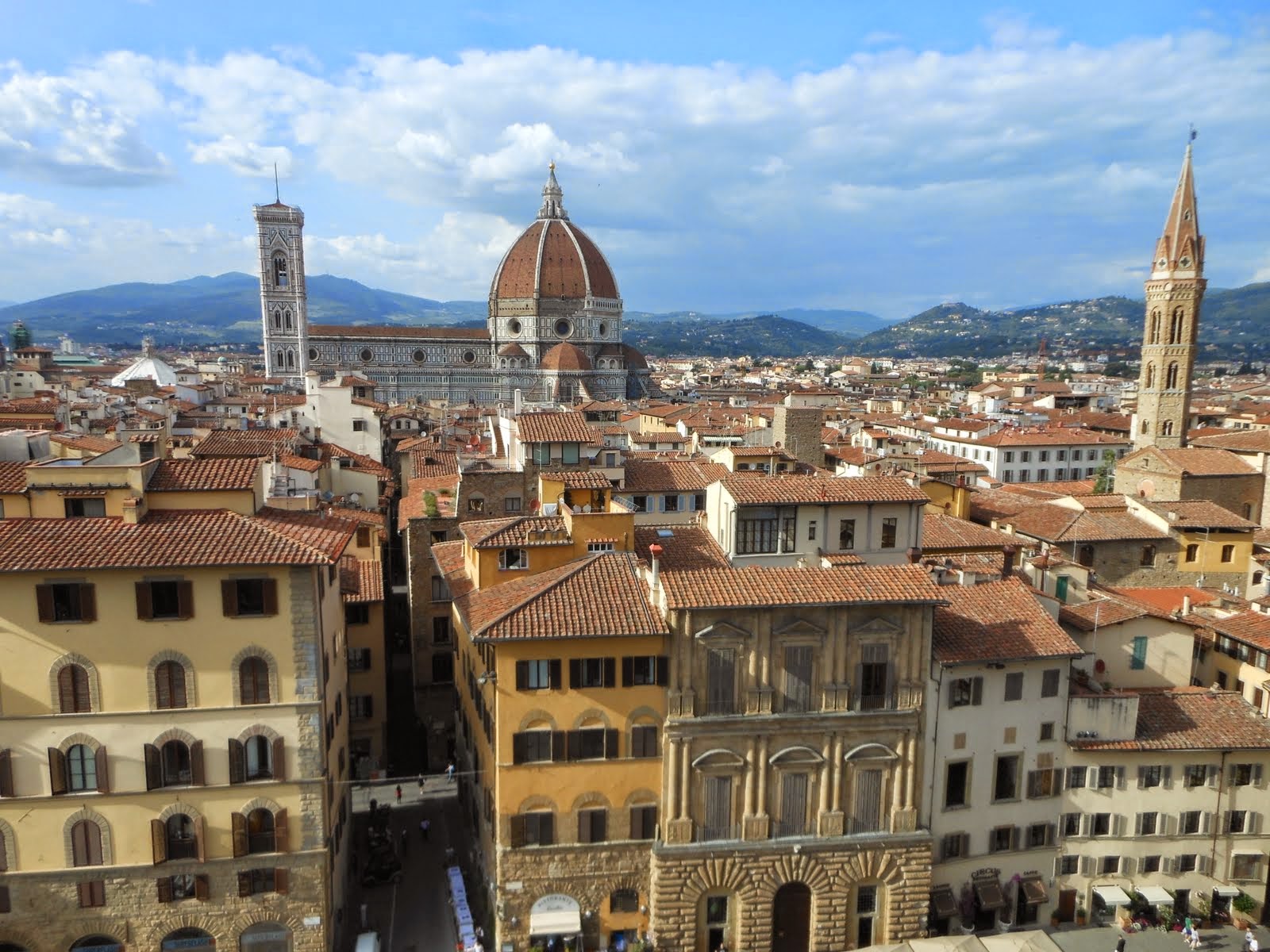
Palazzo Vecchio tower
Incuded on the Firenze Card or available as part of the several combination tickets for the Palazzo Vecchio, this tower is the one I would recommend if you only climb one tower in Florence. It is far less crowded than the two climbing spots in the Duomo complex and since you are a bit away from the Duomo, you can see the cathedral in your pictures. In fact, this is the spot where my picture in the “About Me” section on the website sidebar comes from!
Normally I would have a “Best Bites” section as part of a city overview, however there is so much to do and so many great places to eat in Florence that I’ve split it into two separate posts. Check out the links below for my top picks for restaurants, gelato, and aperitivo spots to frequent in Florence in between all of the sightseeing.
READ MORE: Top 6 Things to Eat (and Drink) in Florence
READ MORE: Where to Eat: Best Bites (and Sips) in Florence
What is your favorite sight to visit in Florence? And if you still haven’t been, which attraction is the biggest draw for you?
Like this post? ‘Pin It’ for later on Pinterest!
